Negotiations, restraint, little intervention: How police responded to Wilmington protest, riot
Jeanne Kuang and Karl Baker, Delaware News Journal June 2, 2020
Several protest leaders in Wilmington said face-to-face negotiations with police on Saturday helped keep the situation from escalating into violence on either side until nightfall, when the peaceful protest eventually morphed into one punctuated by looting in the city's downtown.
Across the nation, protests in response to George Floyd's death at the hands of Minneapolis police have been followed by chaotic confrontations between protesters and police and in many cases, deployment of tear gas and rubber bullets.
In Wilmington, it didn't come to that. Police were largely restrained — day and night.
Protesters said police allowed them to control their own crowd for most of the day and negotiate an end to more heated confrontations.
Shaheed Banks, who said he's been treated poorly by police in the past, spoke at the initial rally at Rodney Square. Afterward, as he helped lead the crowd on a march to the Wilmington Police Department headquarters, he found police flexible.
"An officer told us, 'Sir, I'm taking your lead,'" Banks said. "And I respect that. They actually let us protest and let us police ourselves."
Banks, along with protesters Keith James and Hyland Henry, said they worked alongside police to de-escalate conflict when some threw rocks, argued with officers and smashed a police car.
Wilmington Police Chief Robert Tracy, right, speaks with protesters in front of the Wilmington Police Department Saturday, May 30, 2020. (Photo: Jerry Habraken, Delaware News Journal)
BACKGROUND: 'Not just a black thing anymore:' Wilmington protesters demand justice for George Floyd
When a handful of protesters were detained by police at the station, demonstrators negotiated for their release. When police were concerned about growing tension, they allowed Henry onto the station's roof to address the crowd.
"They said they don't want this to escalate and we need to move," he said. "I said, 'If you let me talk, I can move the people.'"
He then helped lead the crowd toward the Riverfront and I-95.
Wilmington Police Chief Robert Tracy did not make himself available for an interview about the police's handling of the day and night's protests, despite multiple requests made through Mayor Mike Purzycki's office.
Gov. John Carney in an interview with Delaware Online/The News Journal on Monday said Wilmington officers were asked to be restrained, "to not get sucked into" what he said were out-of-state activists' ploys to provoke police retaliation. Carney did not provide evidence for that claim, citing unspecified "police intelligence."
THE MYTH OF THE
OUTSIDERS: Carney says Wilmington protesters inciting violence 'were not from here,' gives few detailsEdward Maguire, an Arizona State University criminologist who studies police responses to protests, said communication with influential protest figures is a sign of "a real success."
"There are always people who are perceived as influential by the crowd and those are the people who police should be having conversations with them, asking them what they want and approaching them from the perspective of facilitation rather than control," Maguire said.
Keep up with Wilmington news: Subscribe to Delaware Online for access to stories about life in Delaware's largest city.
The Wilmington crowd was next met on the highway by a row of Delaware State Police patrol cars and troopers holding long guns, which Hyland, a protester, criticized as inappropriate in front of peaceful protesters who kneeled on the highway.
Despite moments of tension during that impasse, James said he and others had peaceful exchanges with the troopers, asking police to denounce the Floyd killing and put the guns away in exchange for the crowd to leave.
Members of the Delaware State Police remove their guns and put them away after negotiating with protesters on I-95 Saturday, May 30, 2020, in Wilmington. (Photo: Jerry Habraken, Delaware News Journal)
James, who is running for state representative in the 10th District, and others led the crowd back to the police station, where they had a similar exchange with Tracy and Purzycki.
"Then we left from there, as we said we would," he said.
From there, some of those group leaders, including Henry, went home.
But crowds moved to downtown Wilmington's Market Street, where the demonstration took a turn. Some protesters began shattering windows. Others decried it.
James, who is running for state representative in the 10th District, and others led the crowd back to the police station, where they had a similar exchange with Tracy and Purzycki.
"Then we left from there, as we said we would," he said.
From there, some of those group leaders, including Henry, went home.
But crowds moved to downtown Wilmington's Market Street, where the demonstration took a turn. Some protesters began shattering windows. Others decried it.
Wilmington police showed up in riot gear, which some in the crowd said would inflame the situation.
Dover protesters peacefully march, rally downtown Monday afternoon
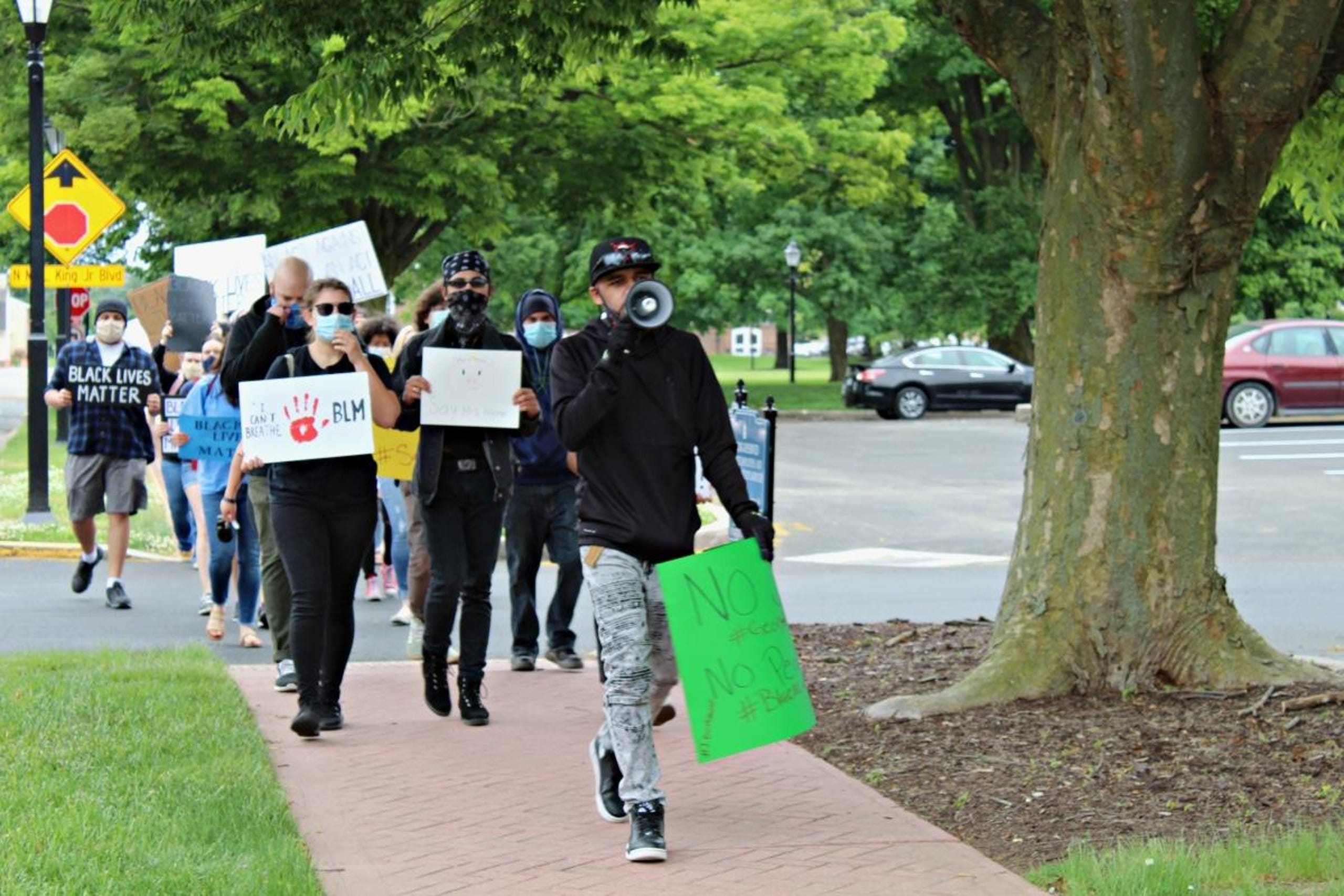
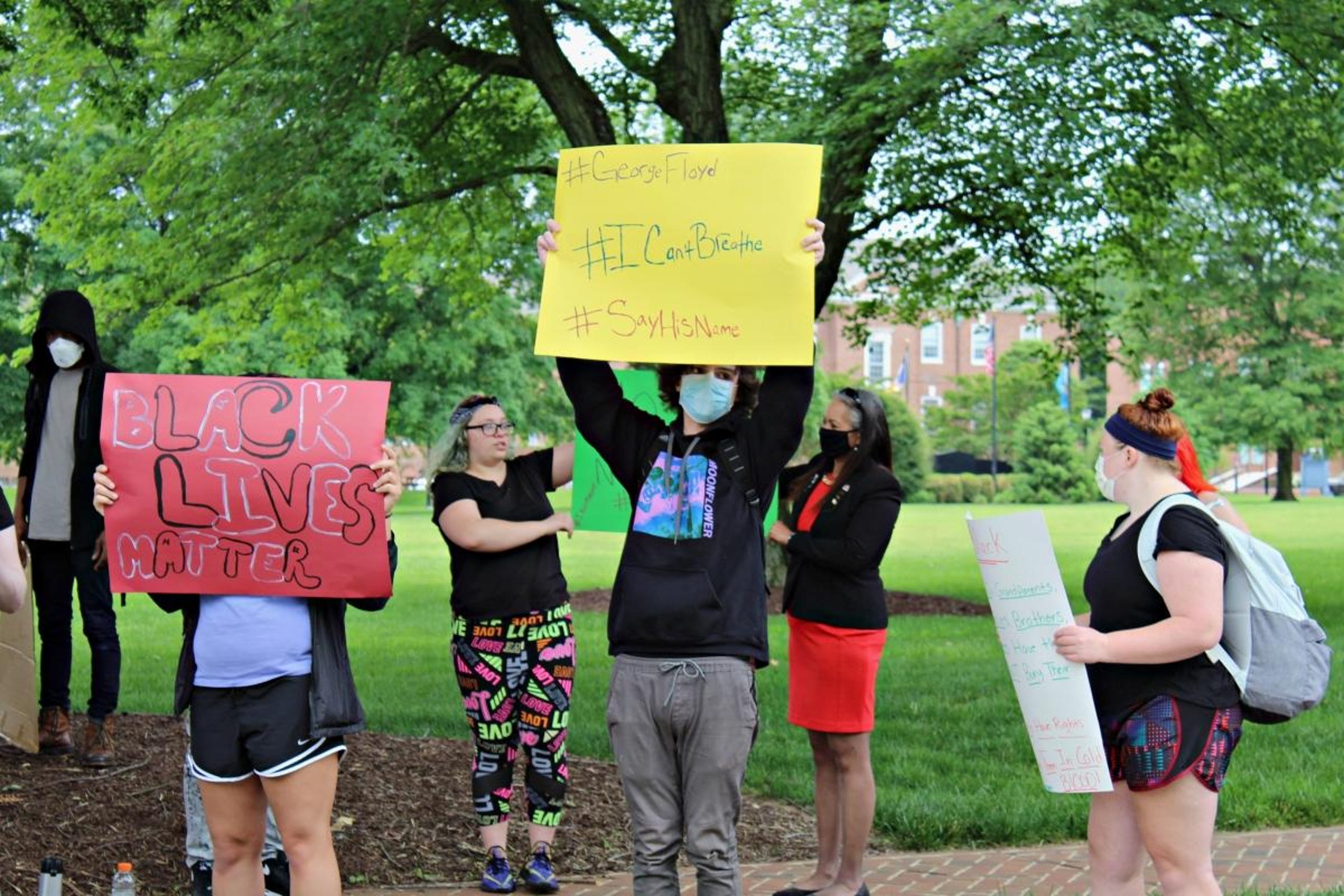
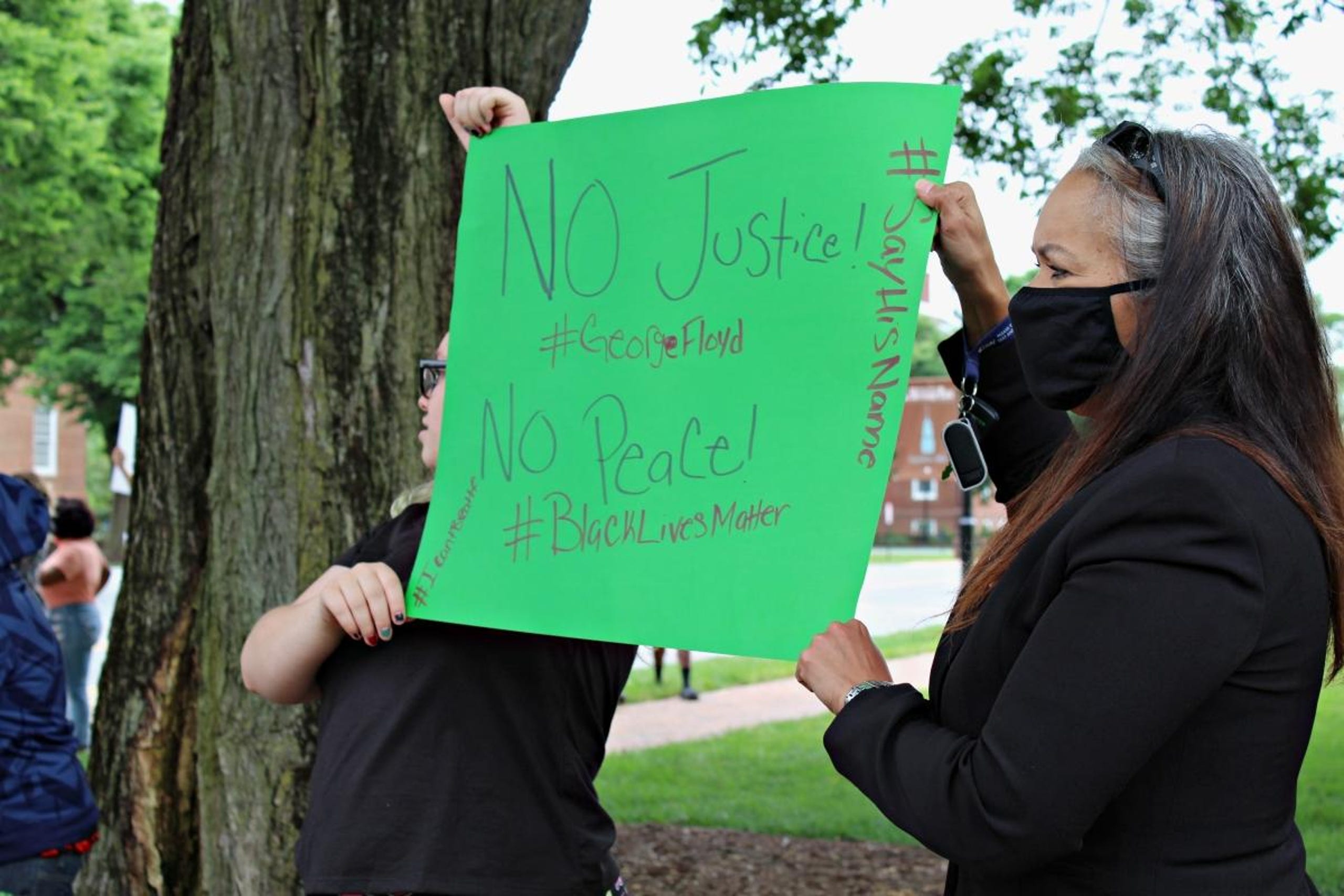
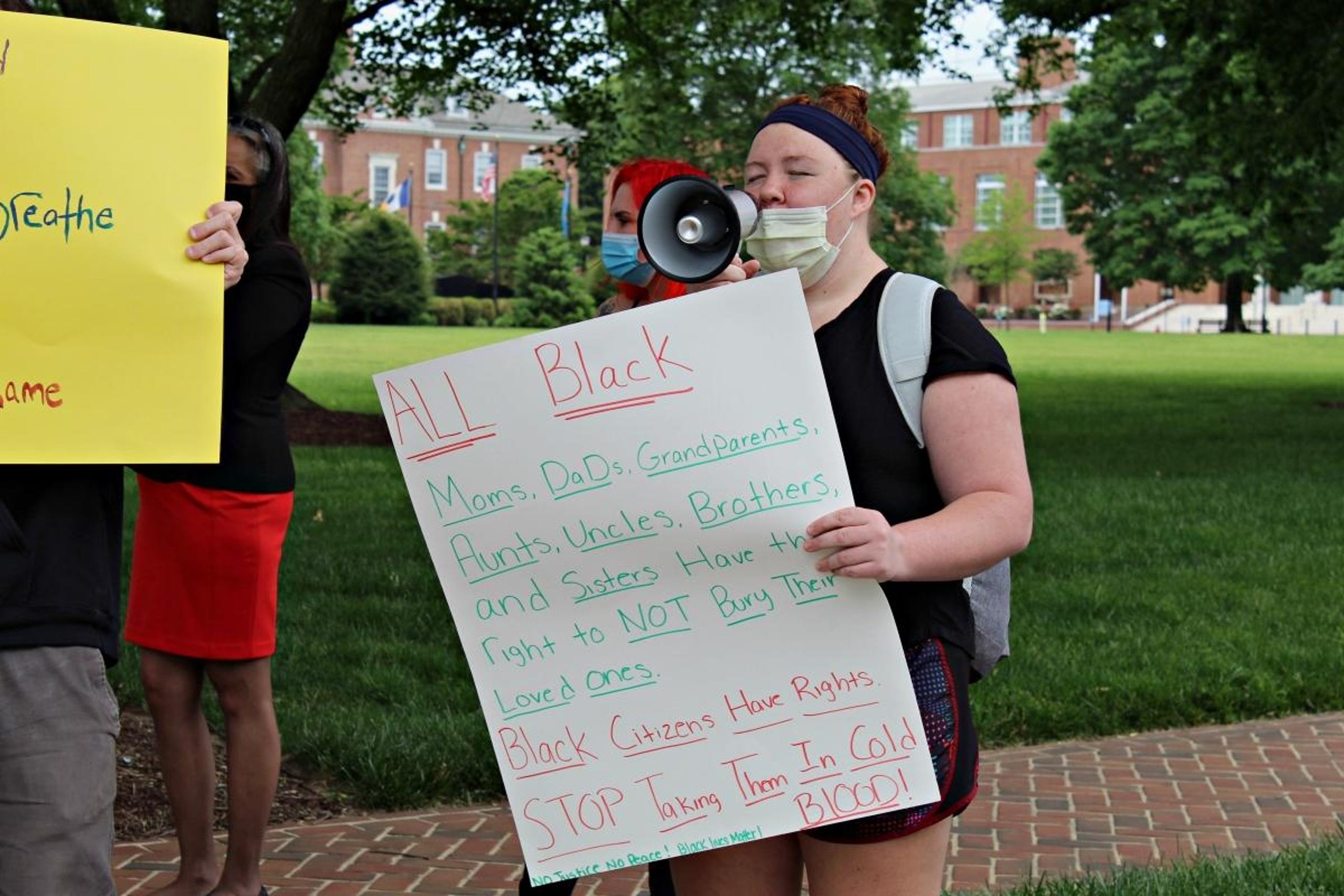
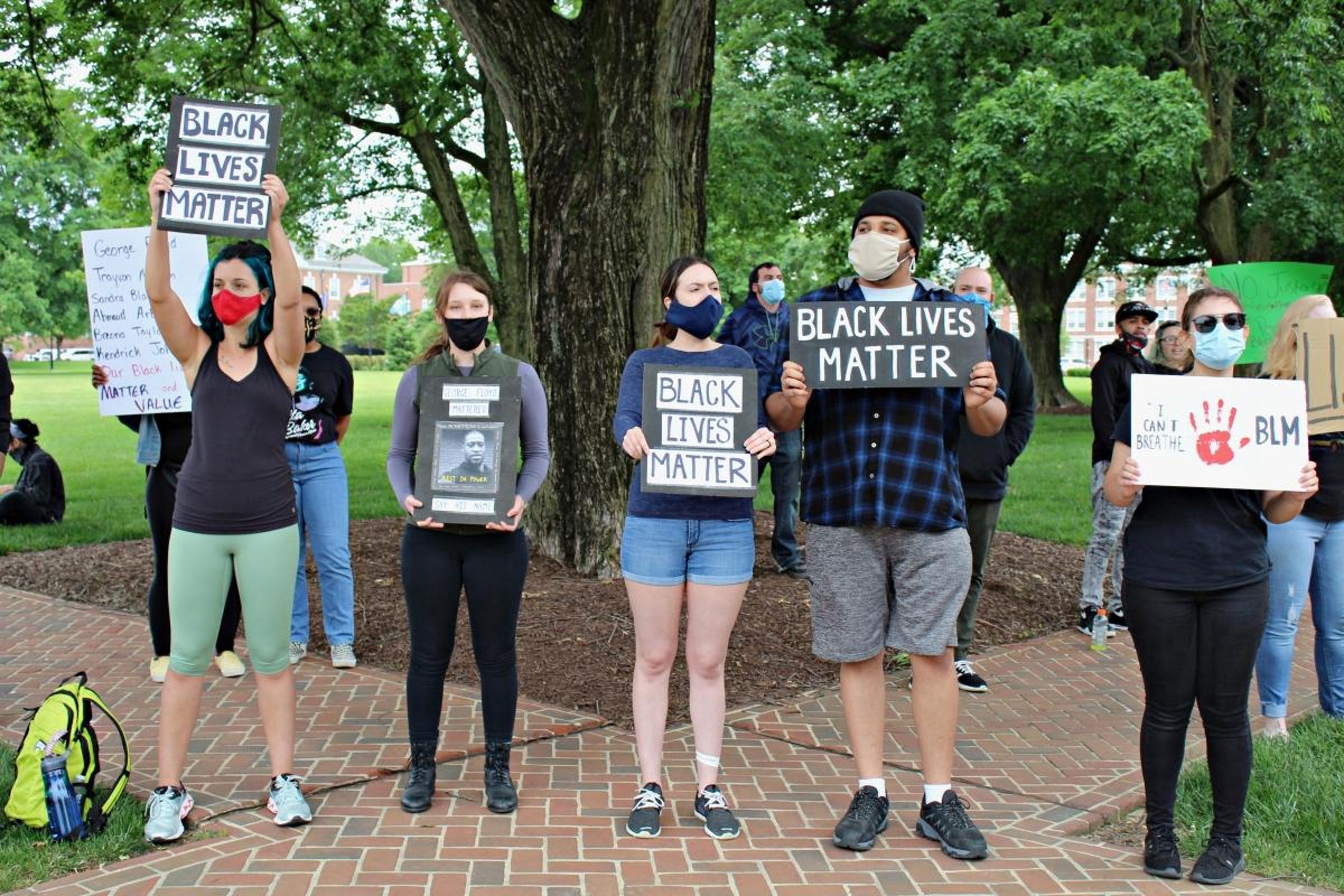
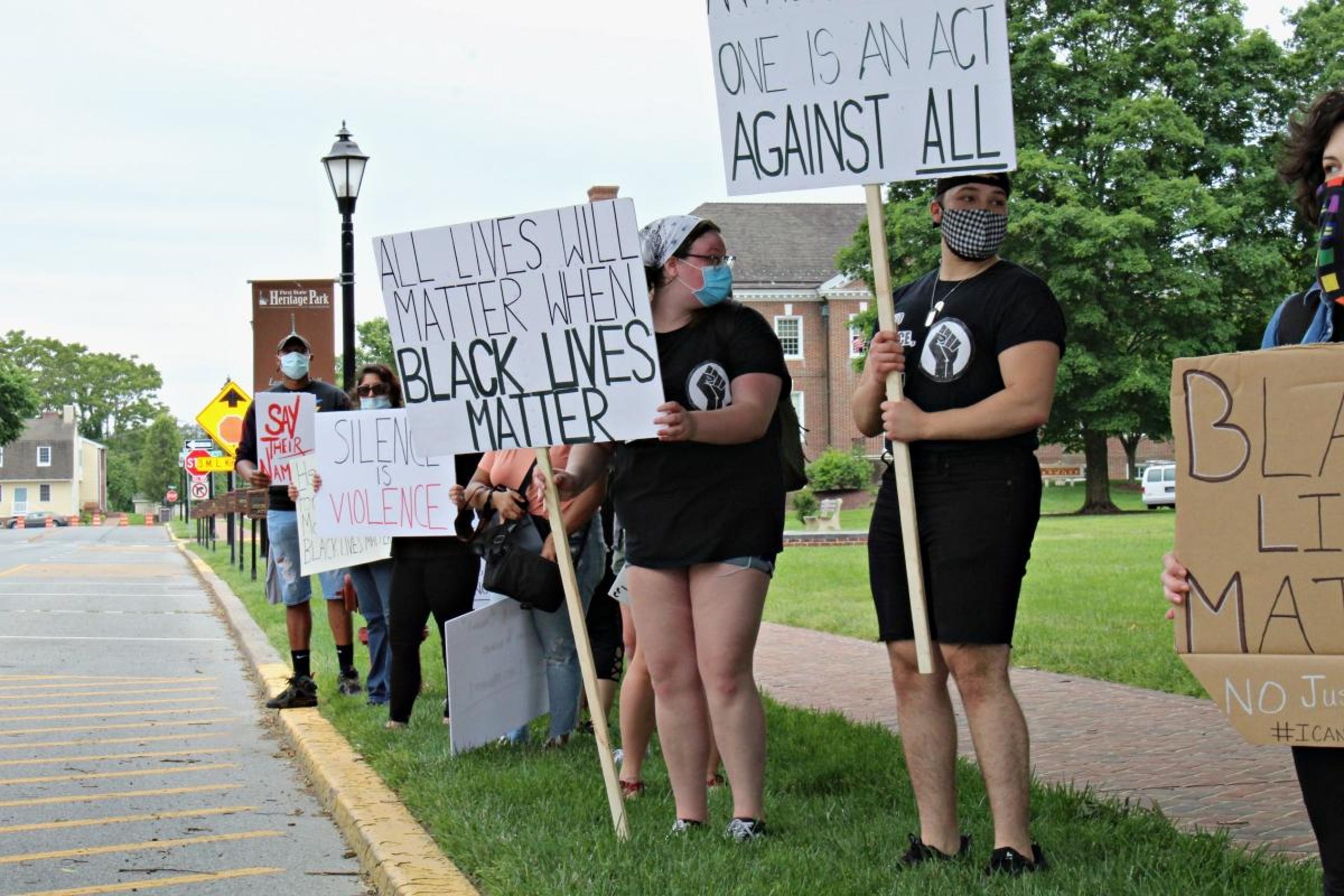
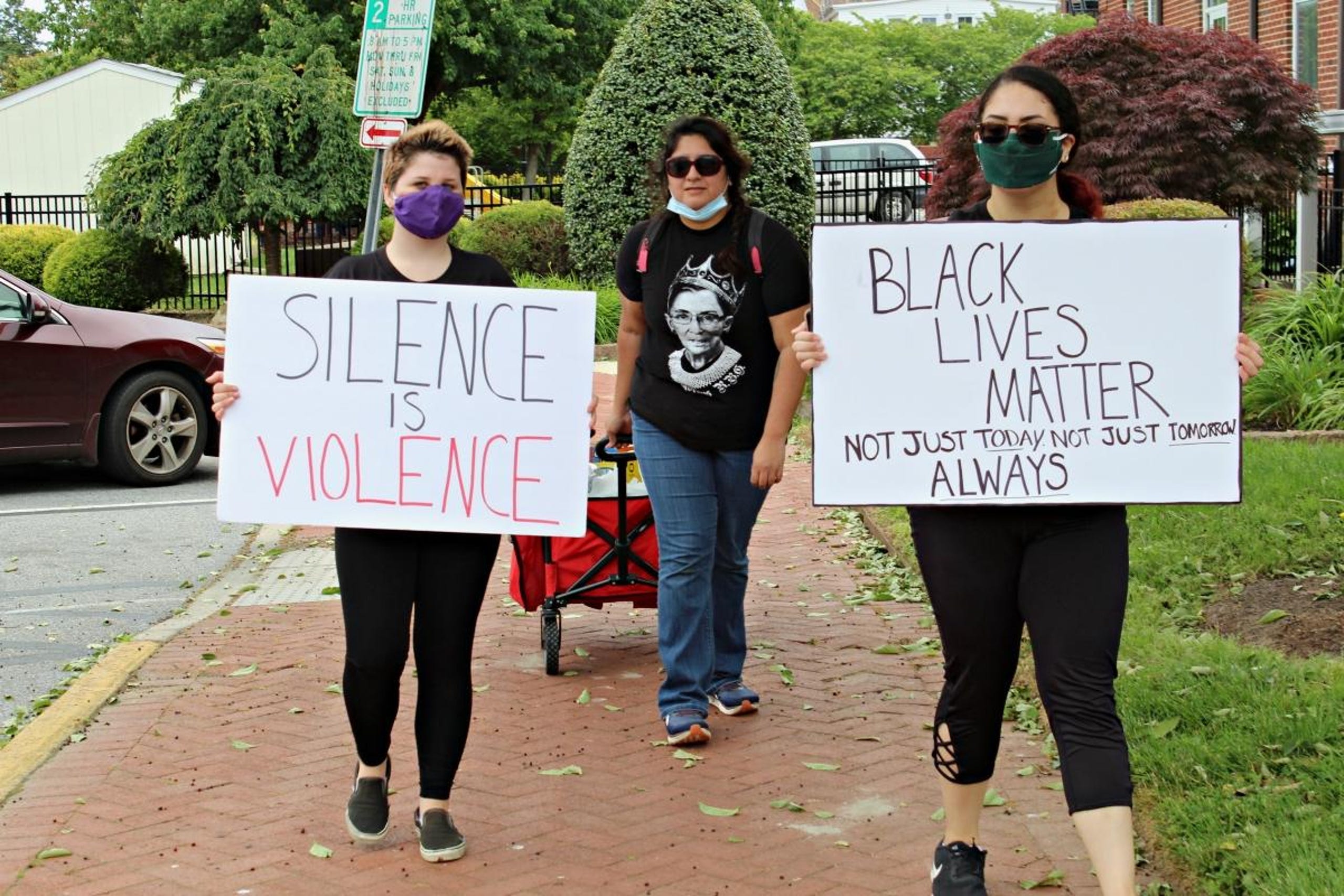
Dover protesters peacefully march, rally downtown Monday afternoon
BLM BLACK LIVES MATTER IS NOW A MASS MOVEMENT, NO LONGER SO CALLED 'FRINGE RADICALS'
IN PART THANKS TO COVID-19, A LOCKDOWN AND A SMARTPHONE VIDEO
AND THE OUTRAGE NOT JUST OF THE BLACK COMMUNITIES BUT THE WHITE ALLIES AS WELL, WHITE LIBERALS RADICALIZED ONCE AGAIN AGAINST
POLICE BRUTALITY
LIKE IN JOE BIDENS DELAWARE
32 PHOTOS June 2, 2020
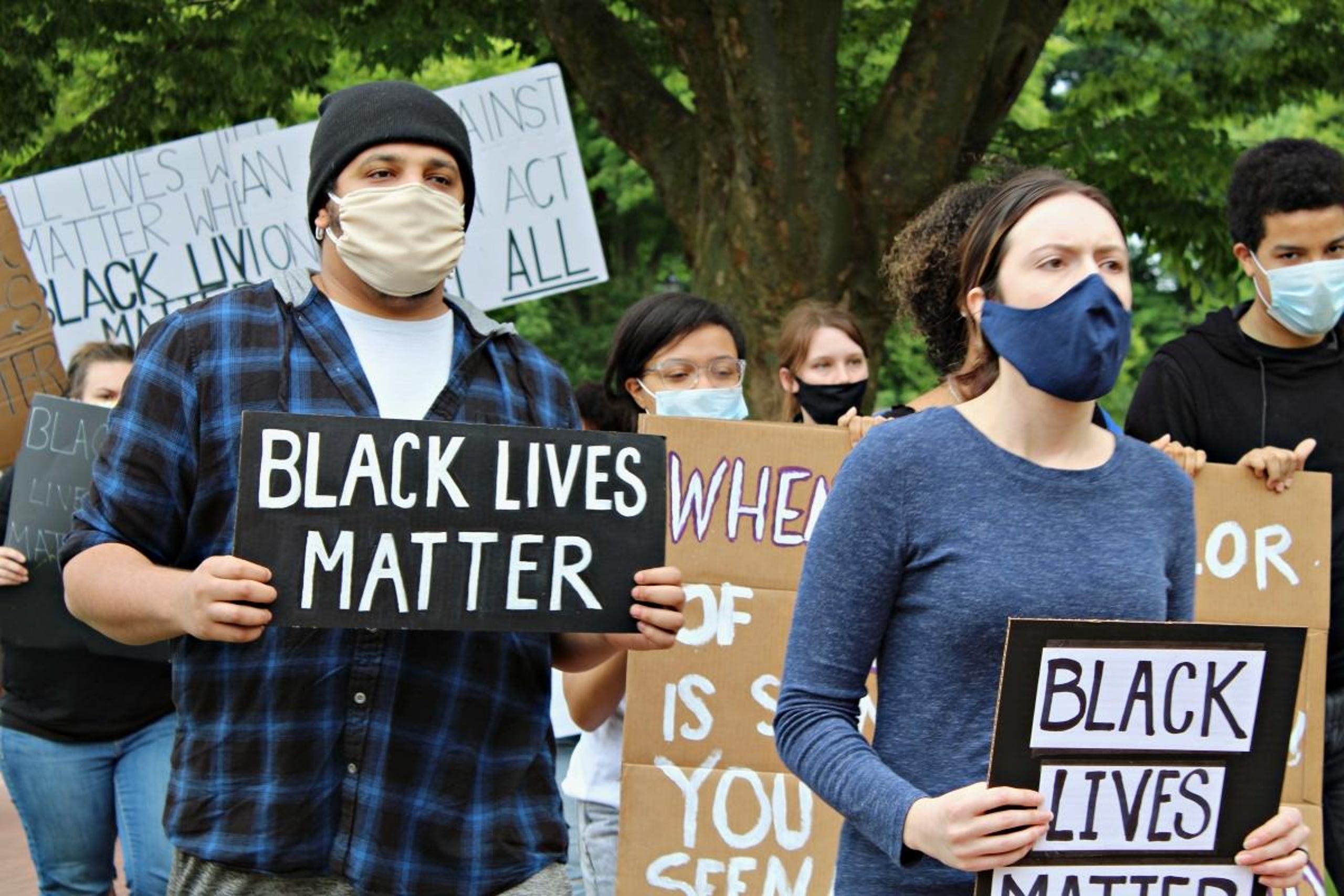
A group of about 50 protesters held a peaceful protest in Dover Monday afternoon. The gathering began with the group lying down on Legislative Mall for eight minutes and 46 seconds, the reported time that a Minneapolis police officer held George Floyd to the ground while pressing a knee into his neck. At 1 p.m., the protesters began to march down Loockerman Street and continued to rally in the downtown area for the next couple hours.
EMILY LYTLE, DOVER POST
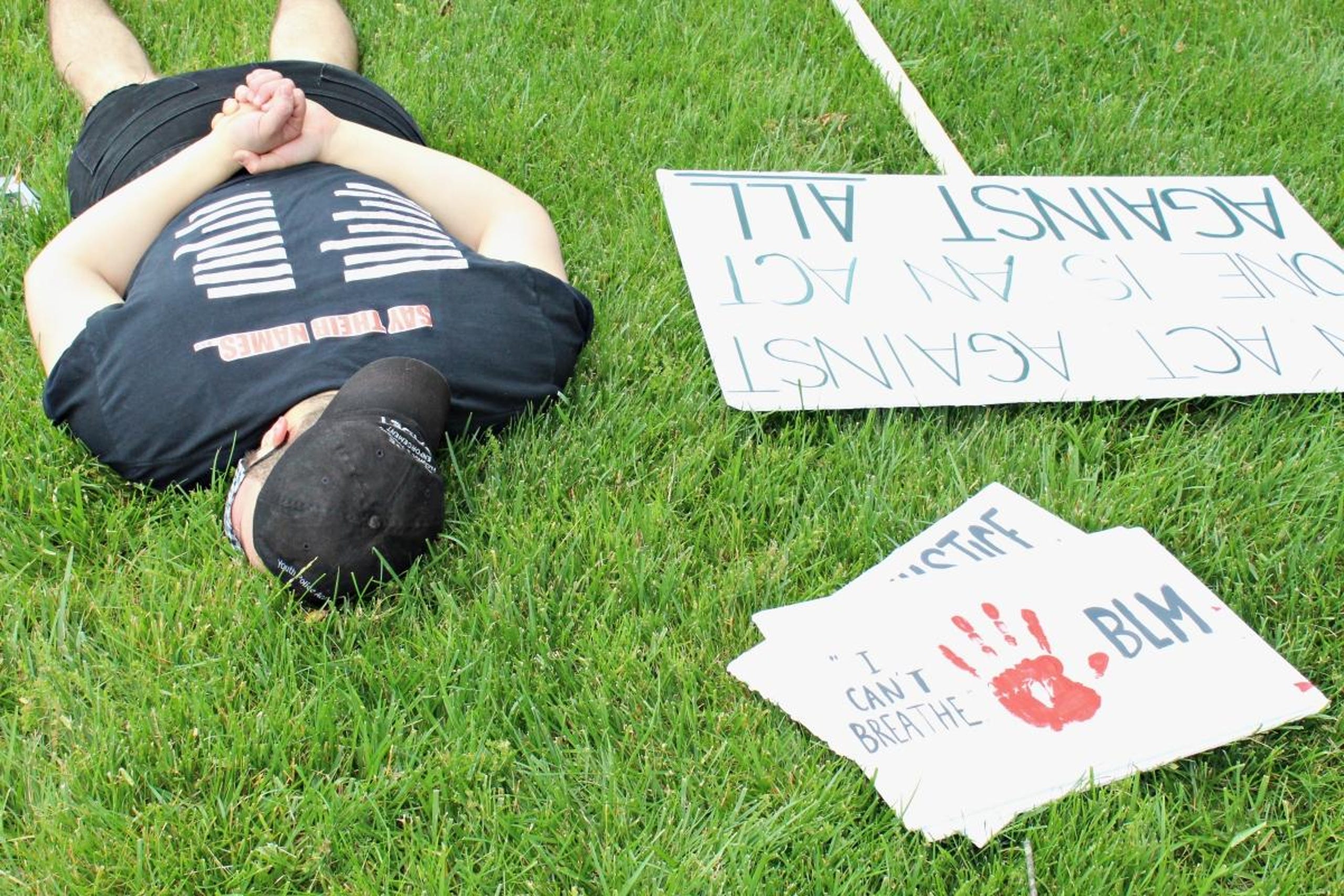
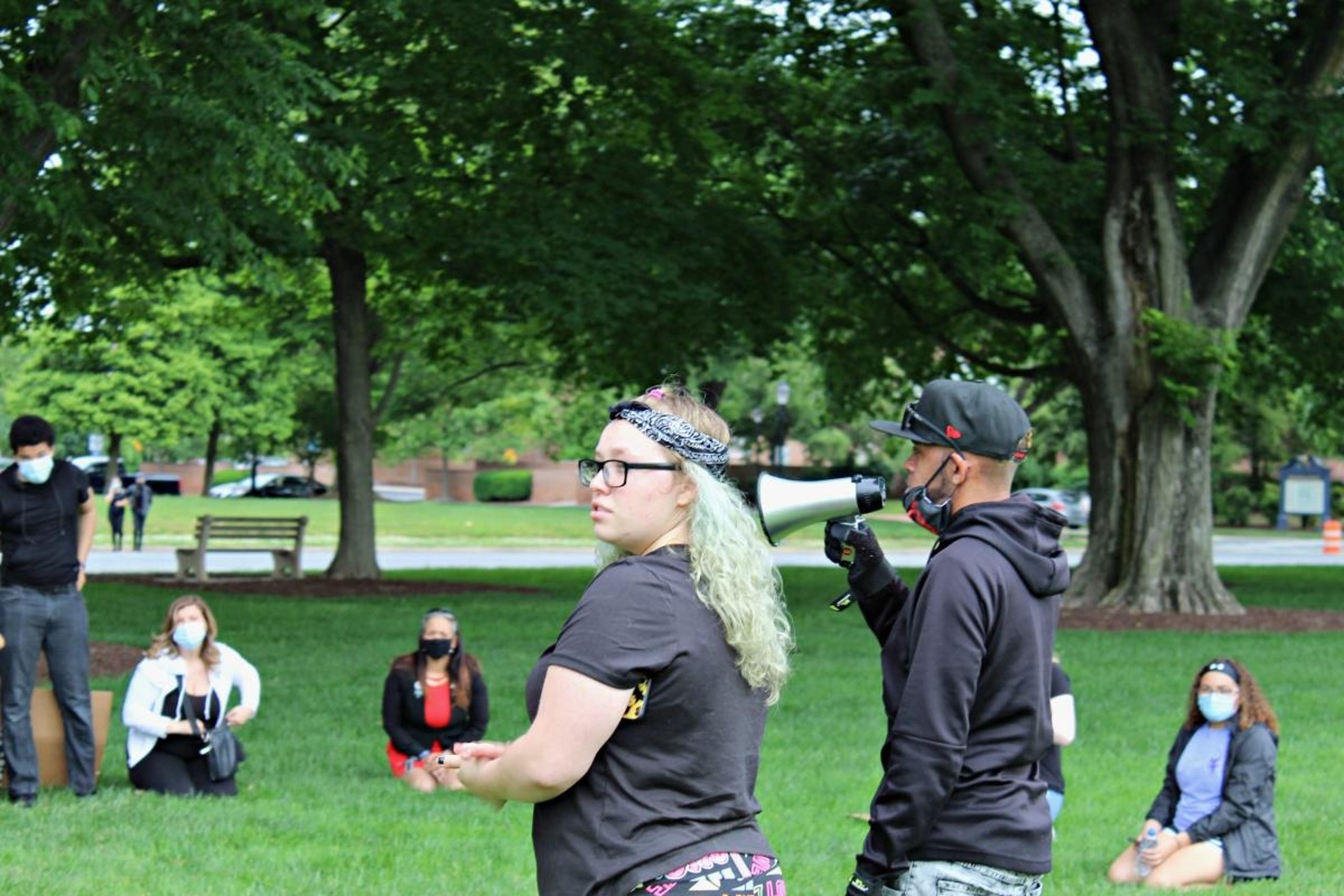 .
.
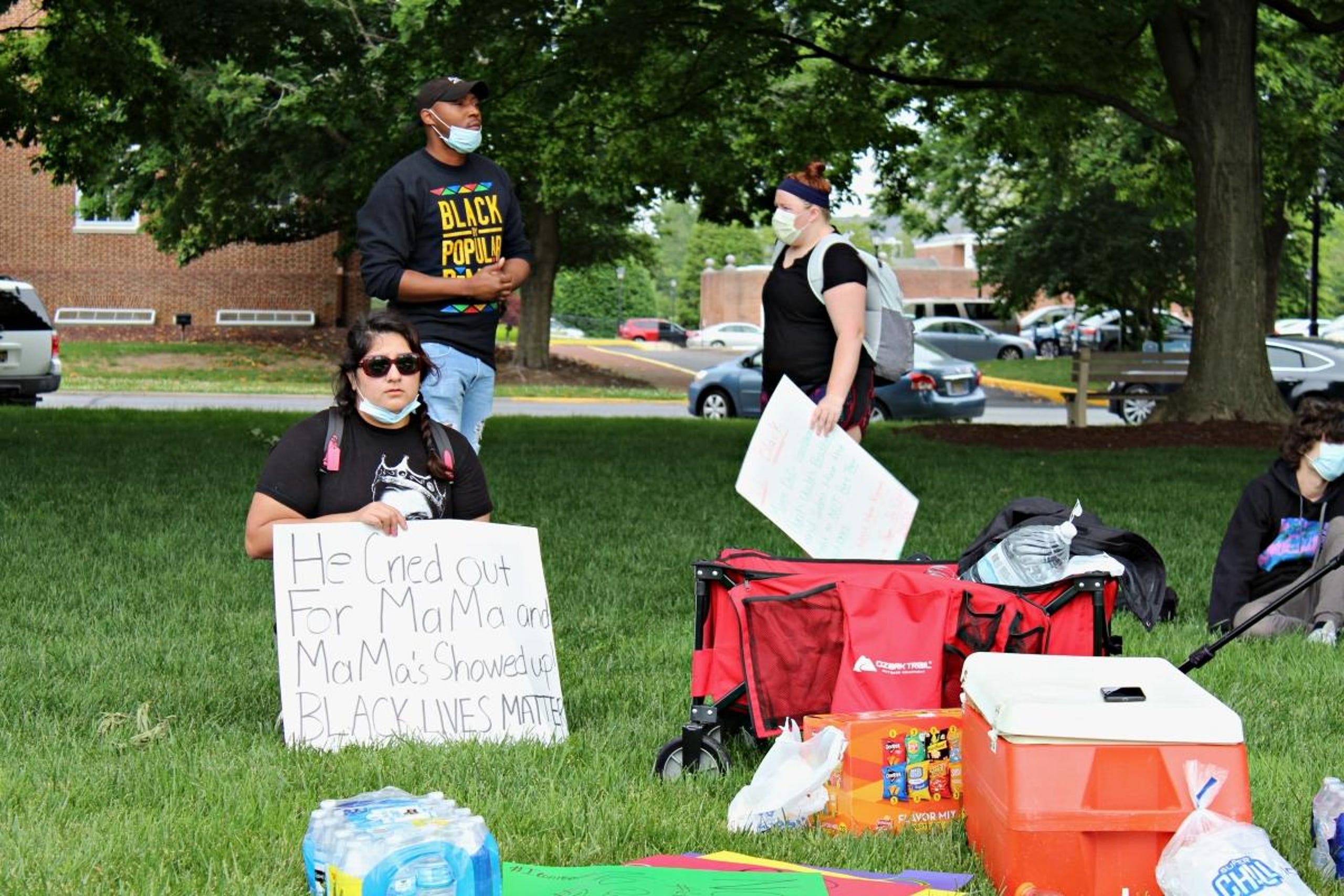
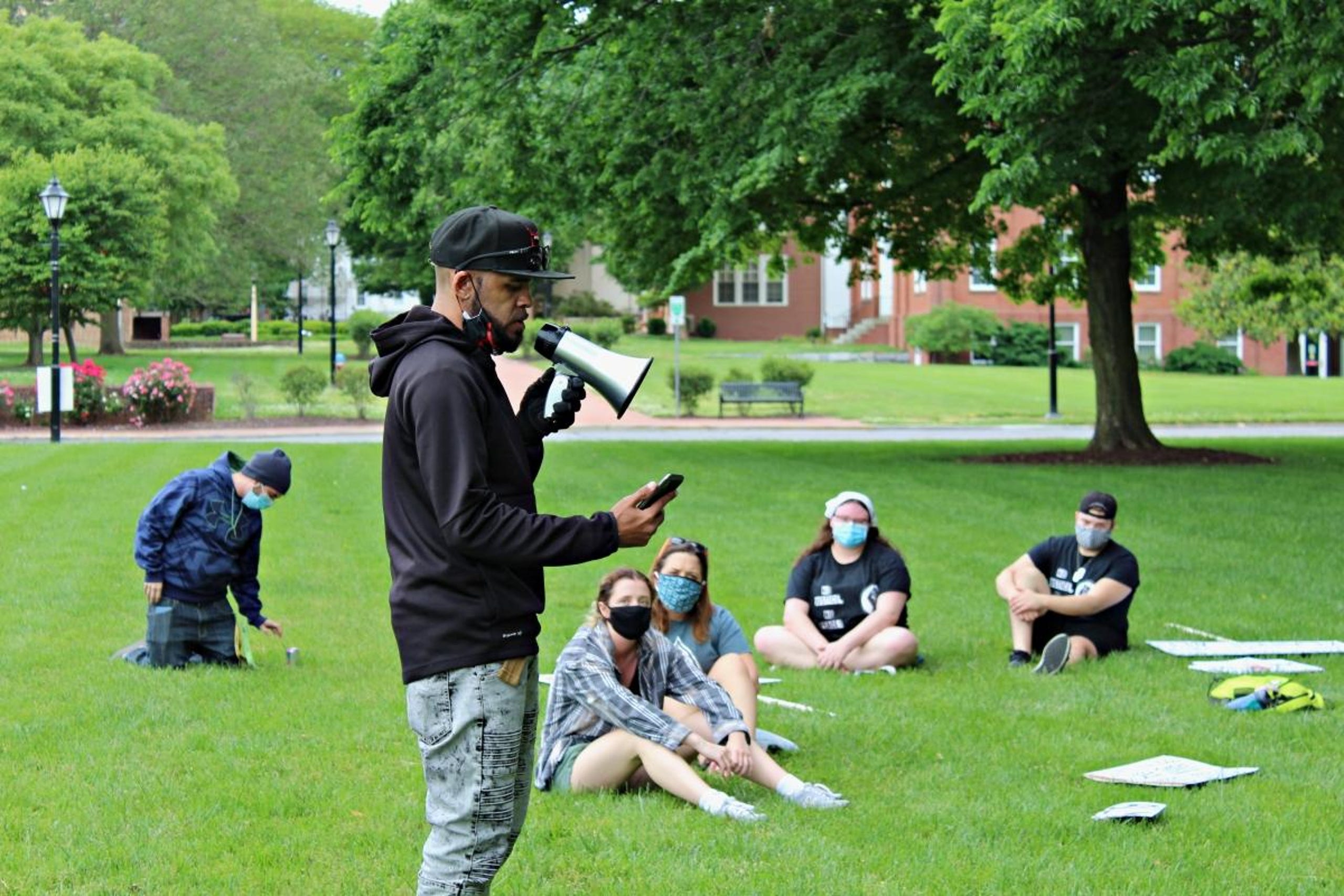
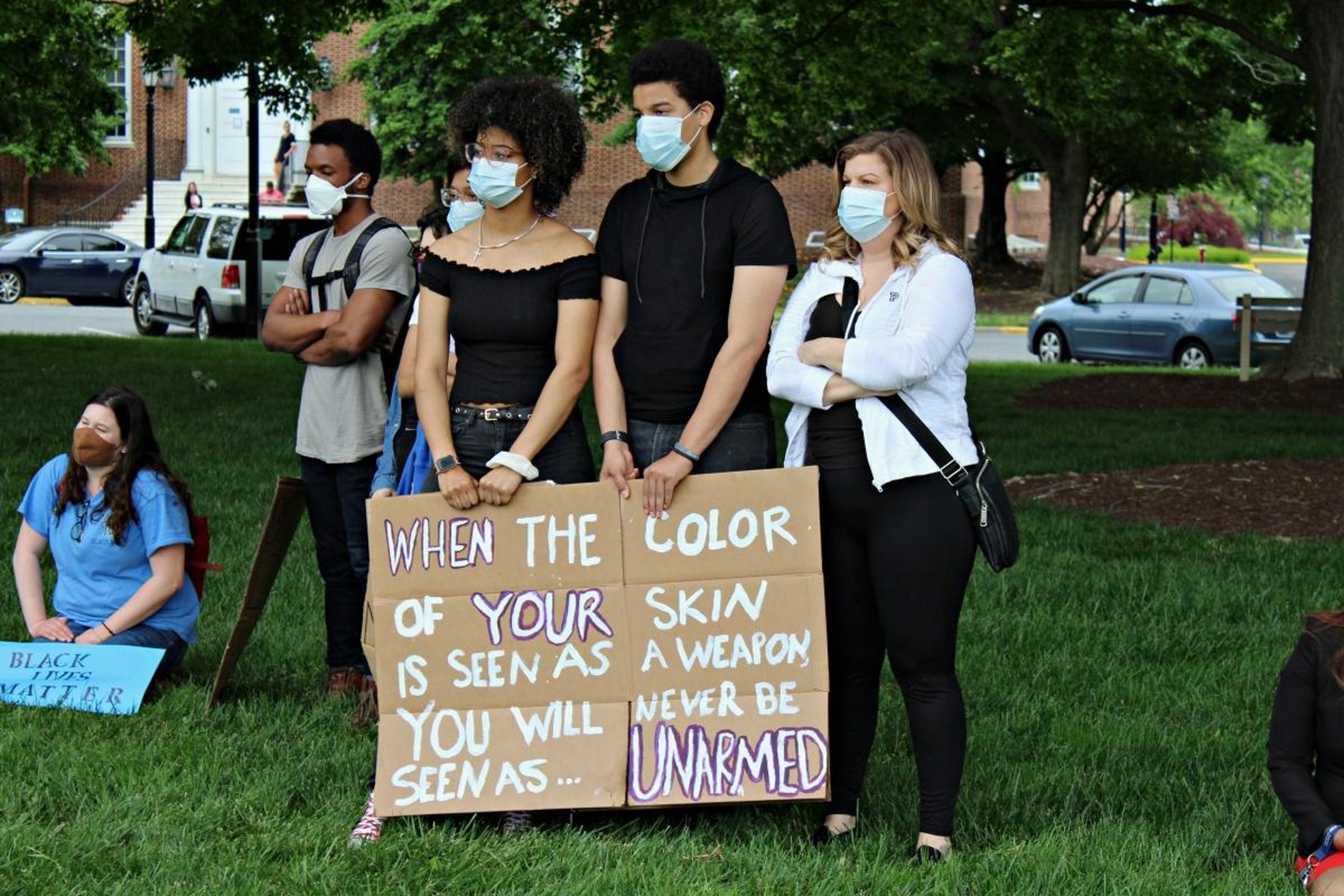
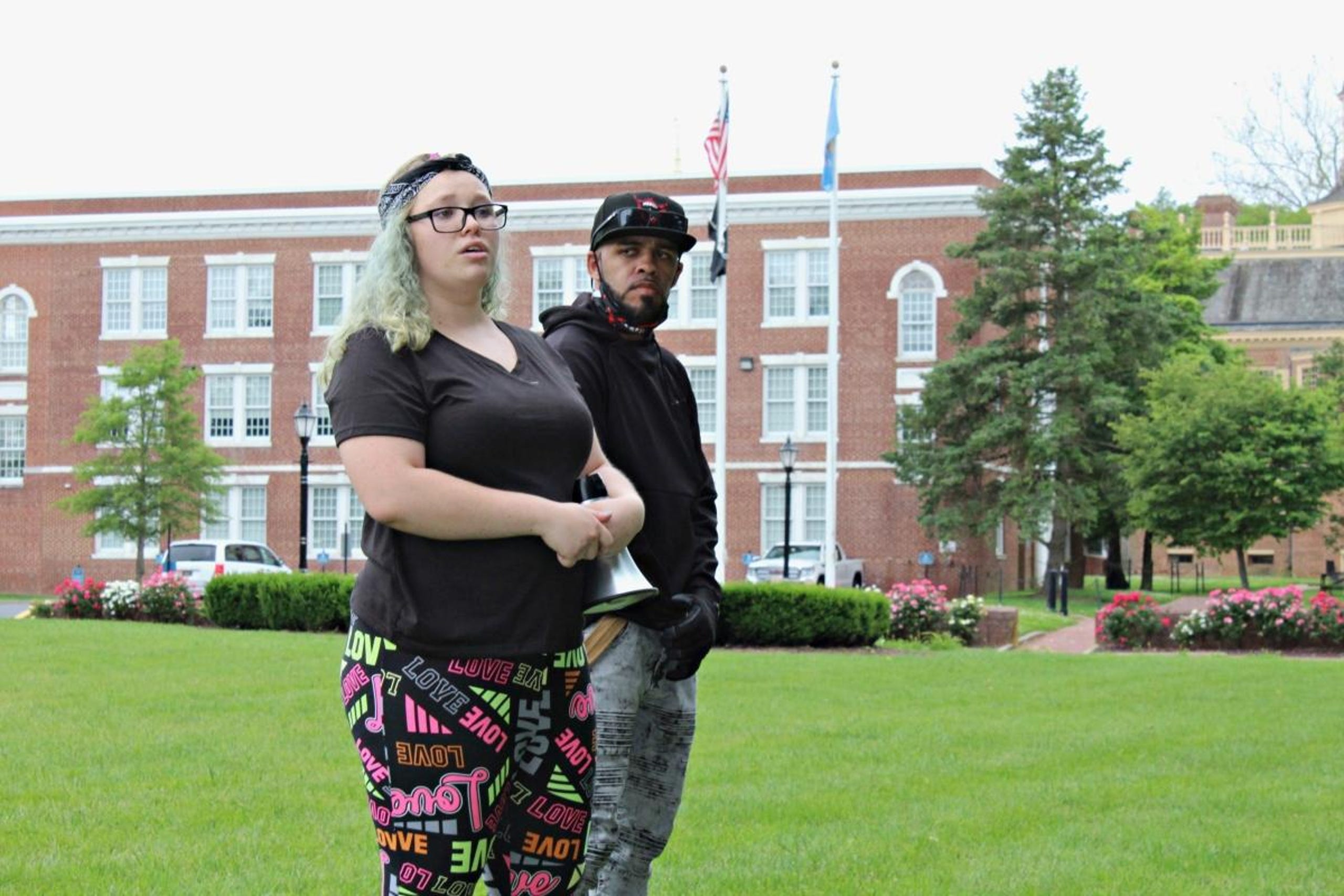
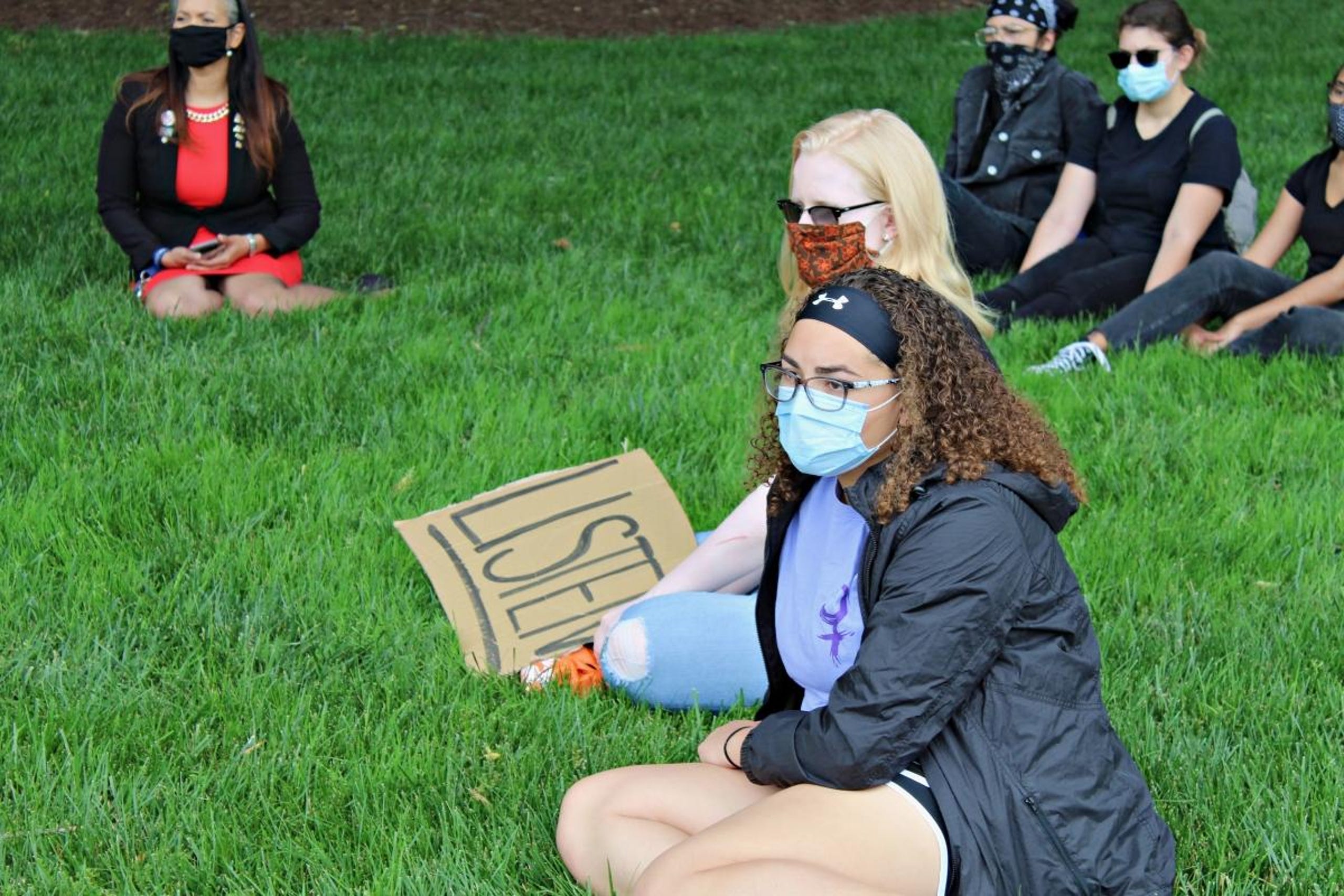
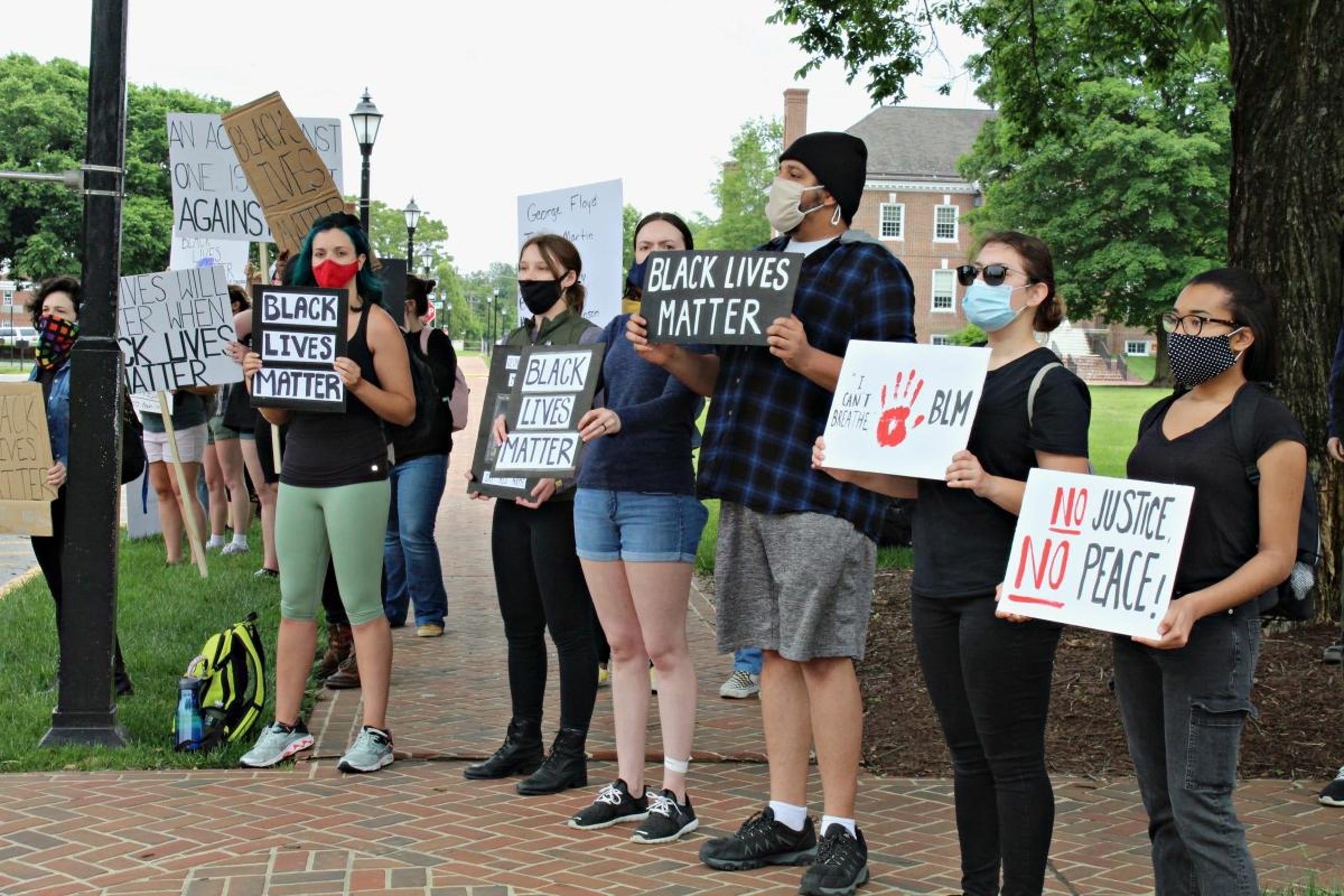
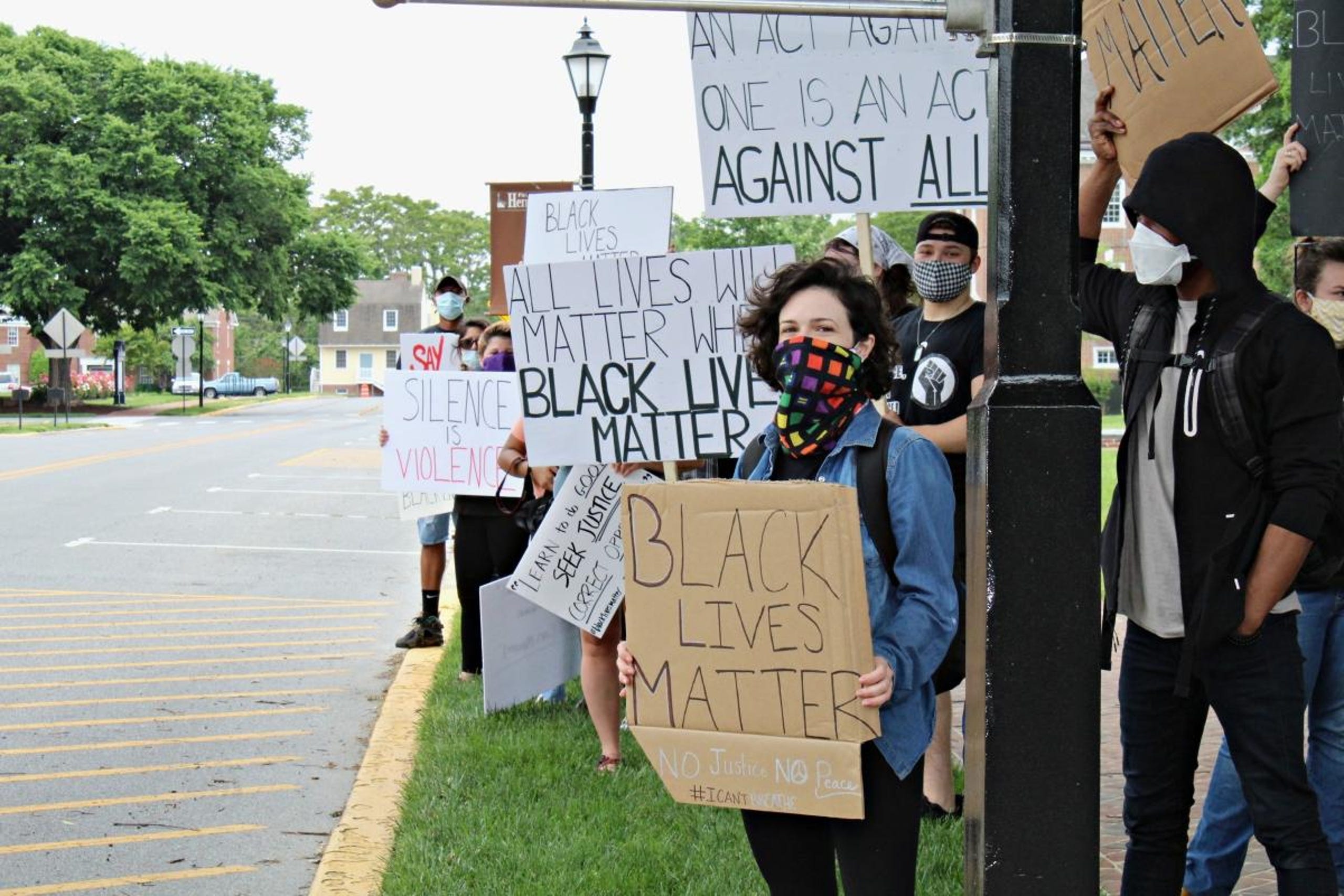
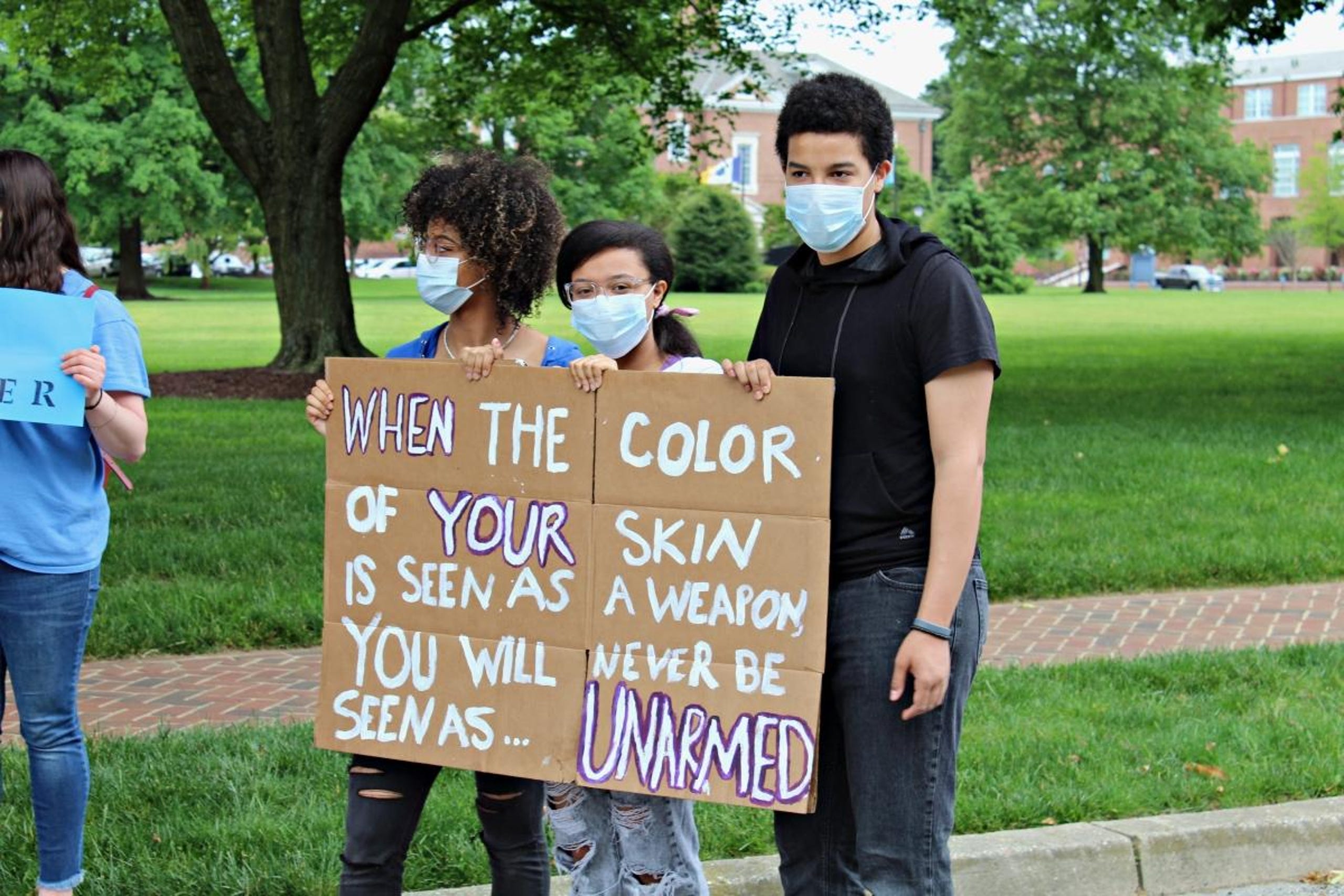
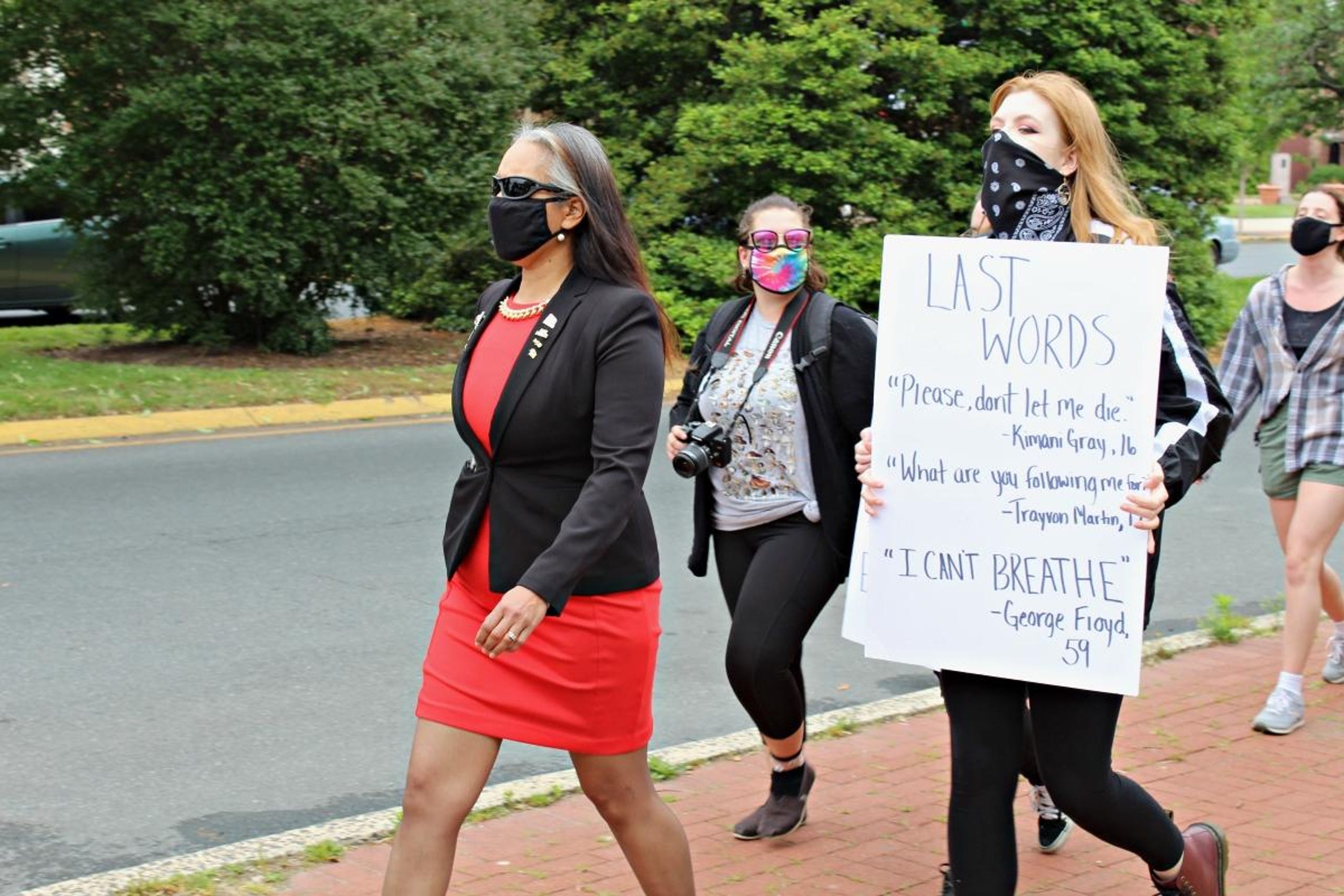
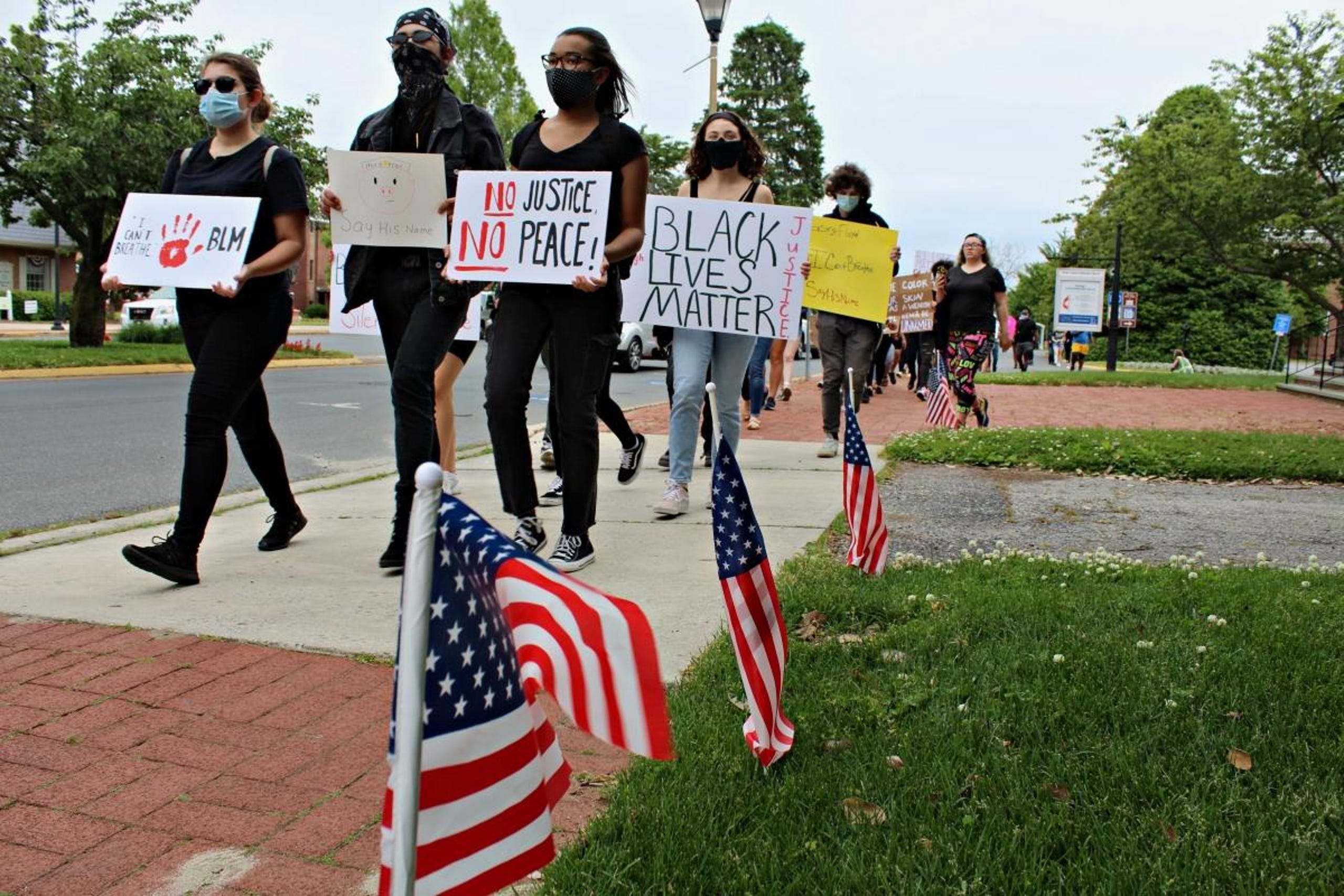
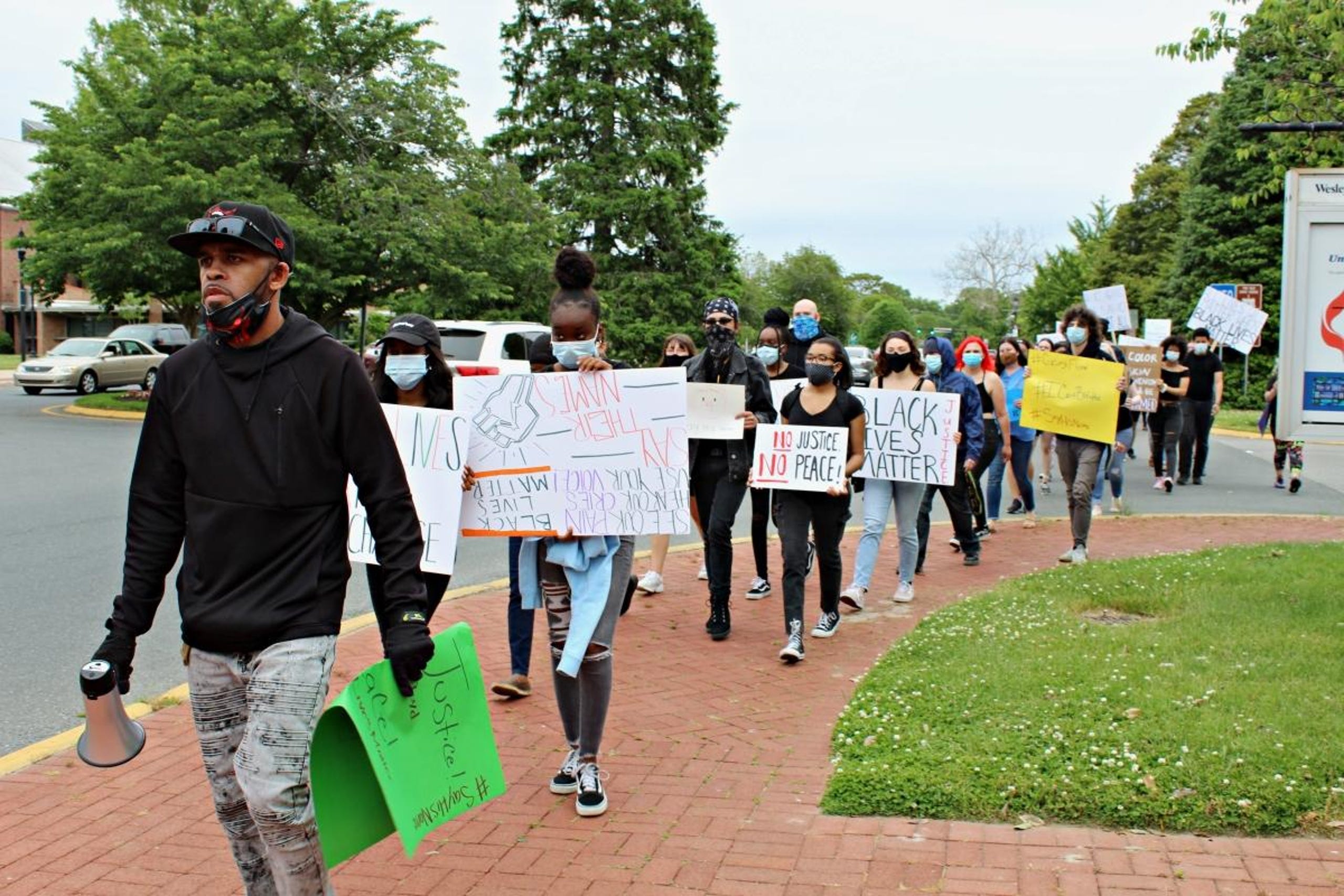
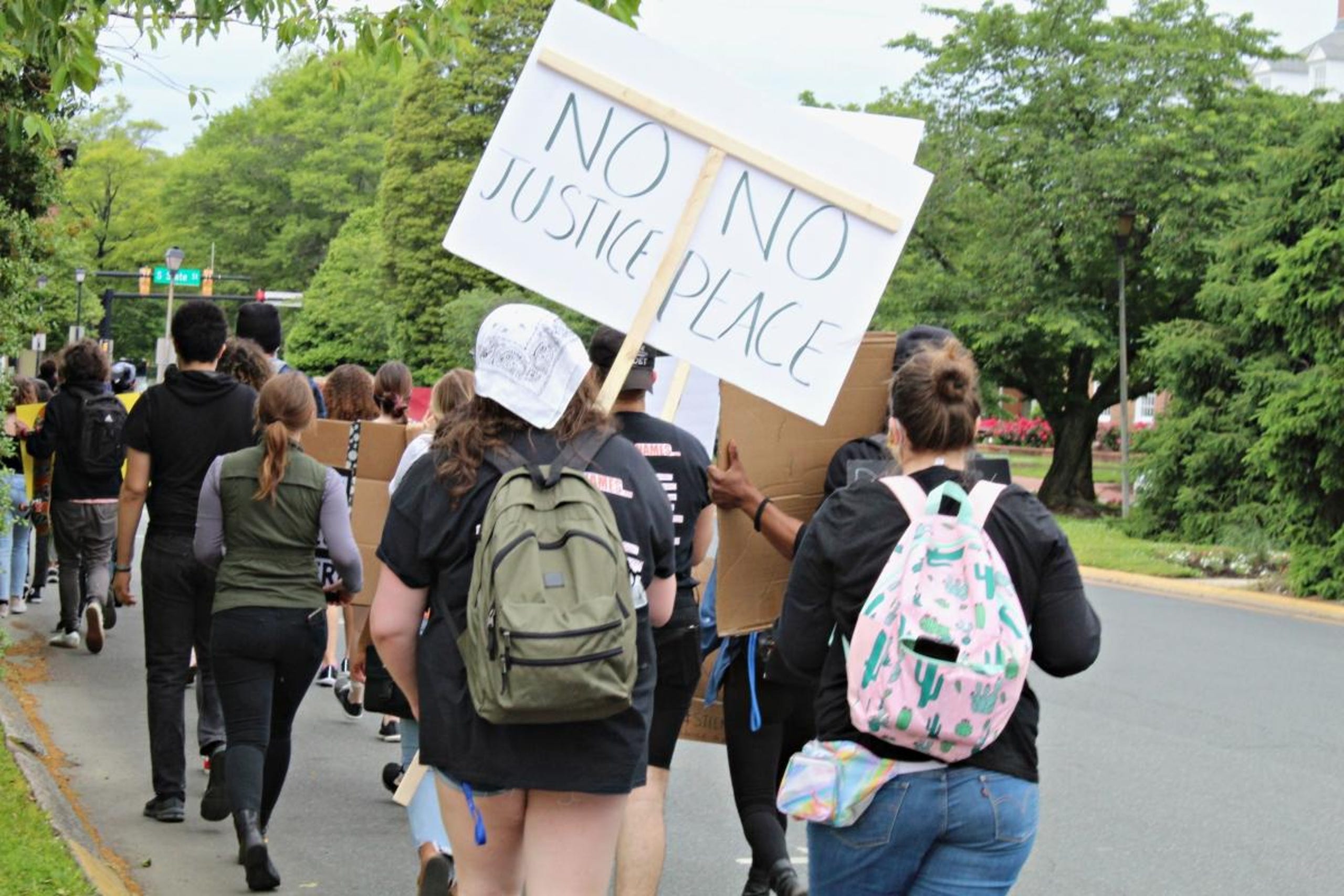
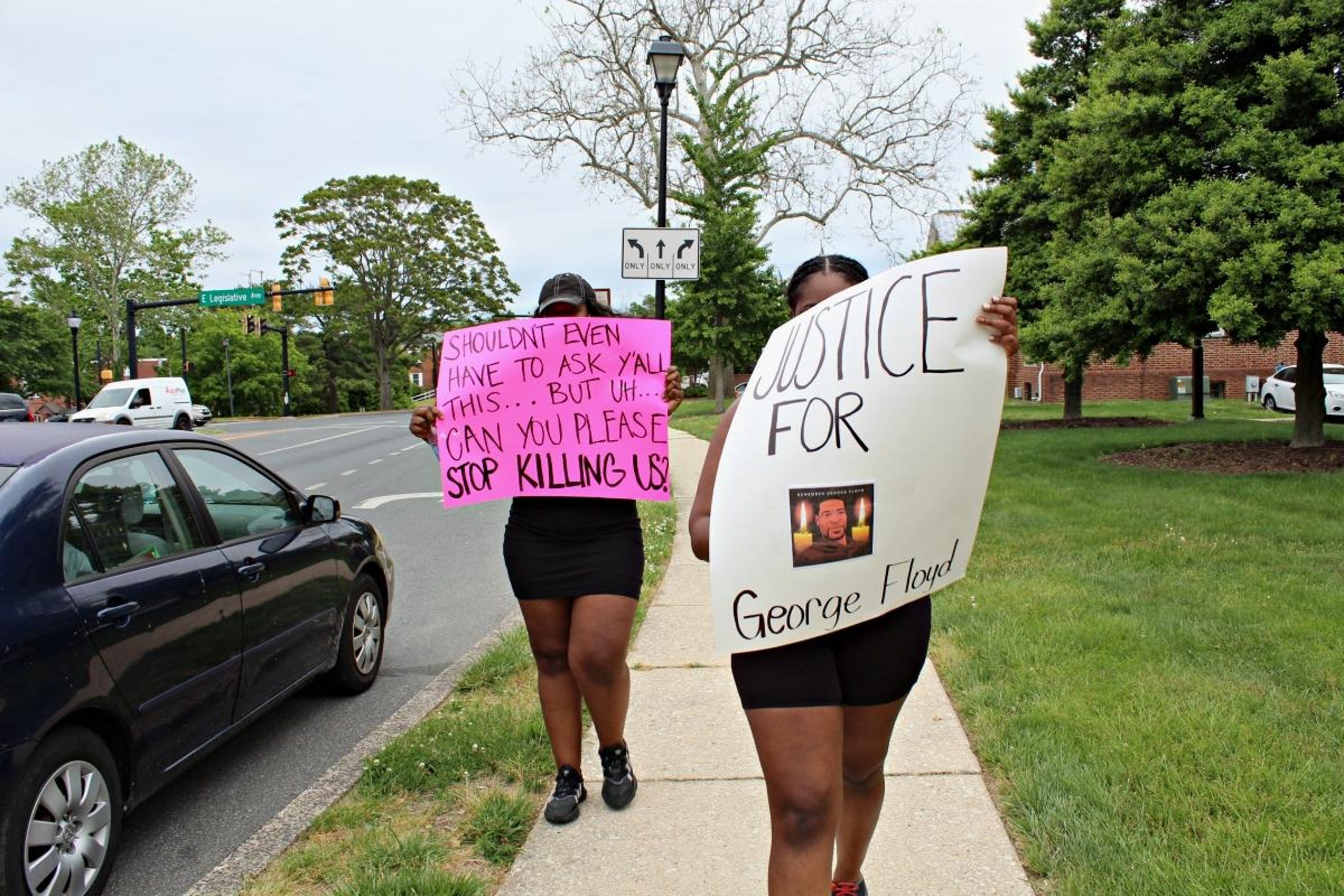
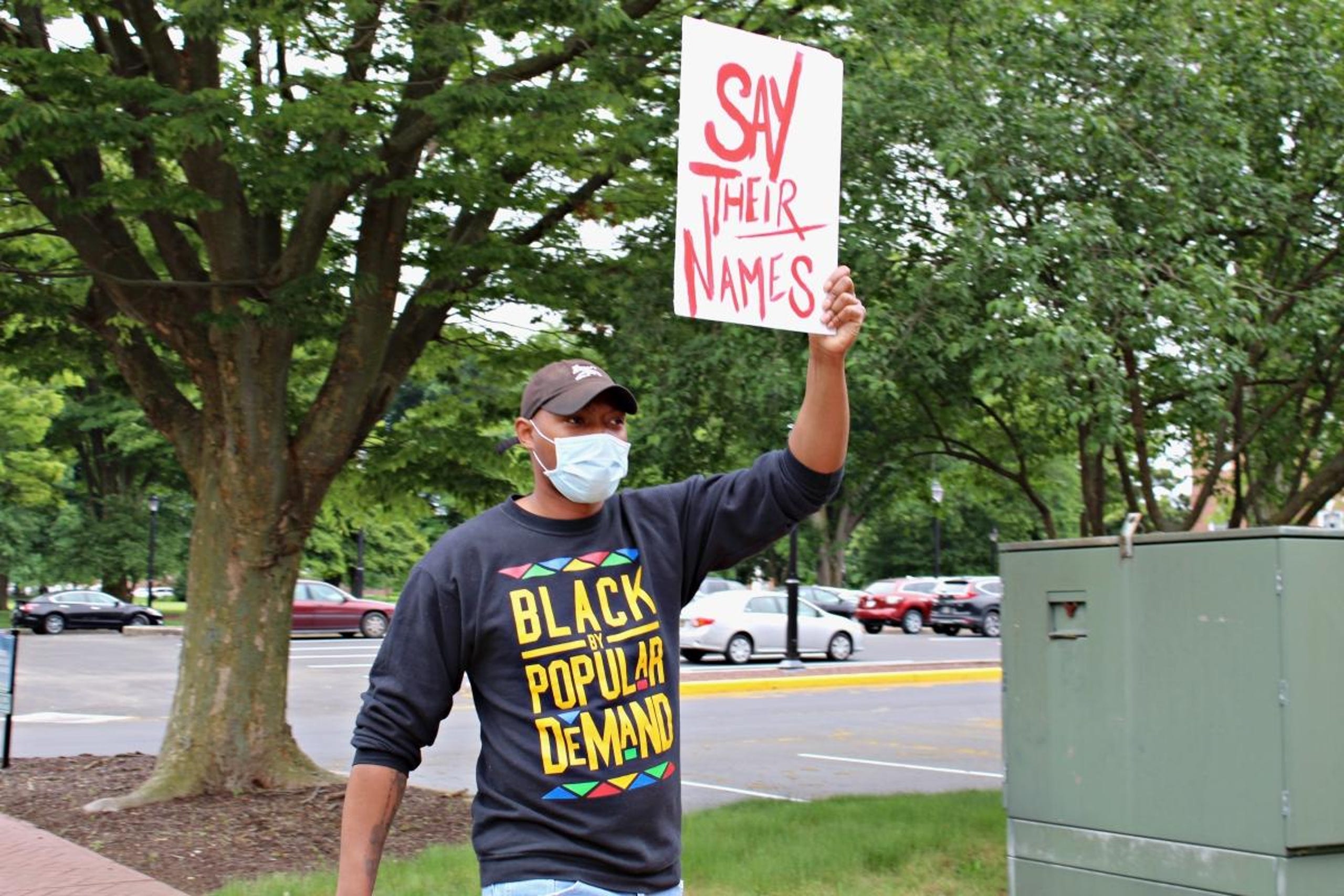
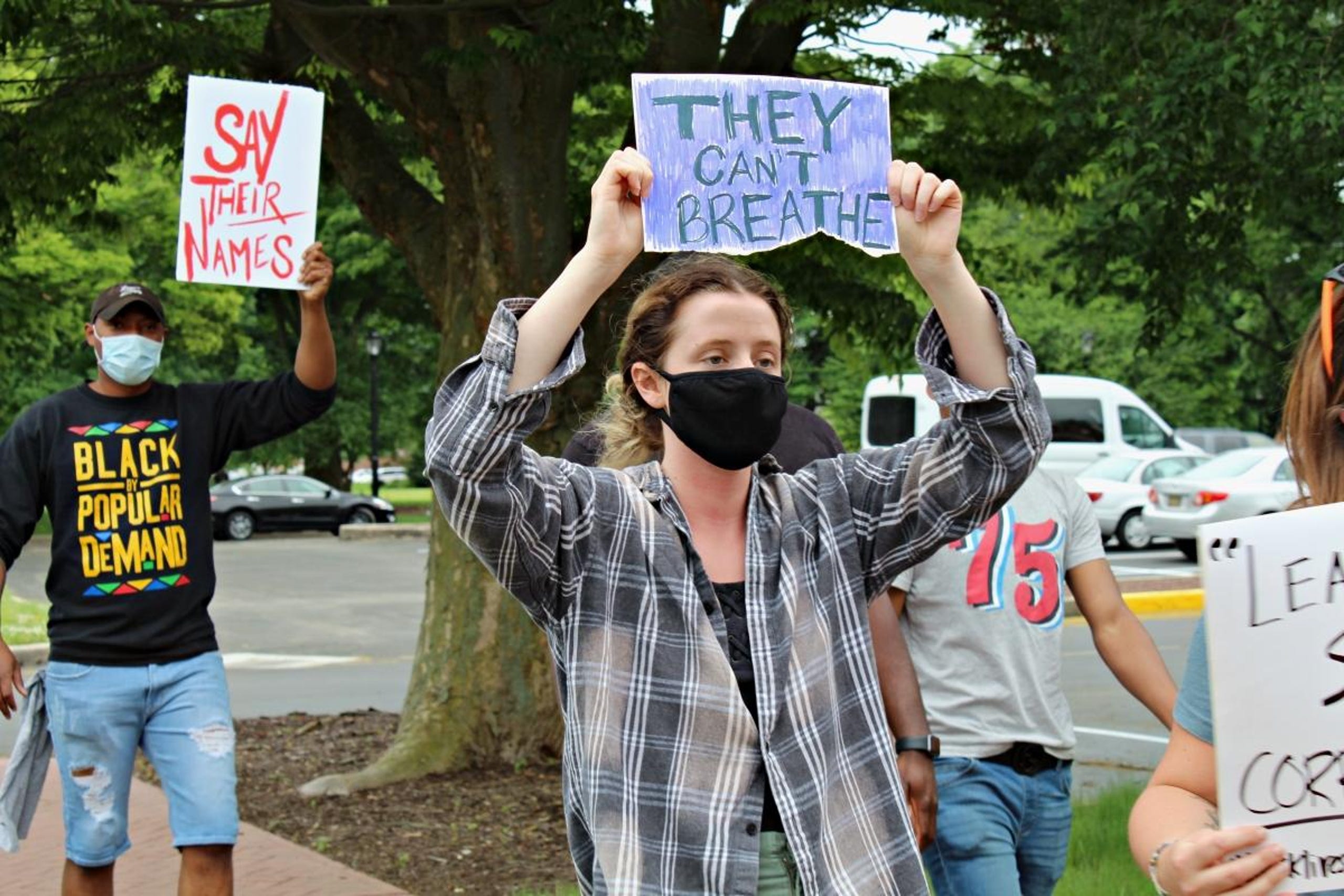
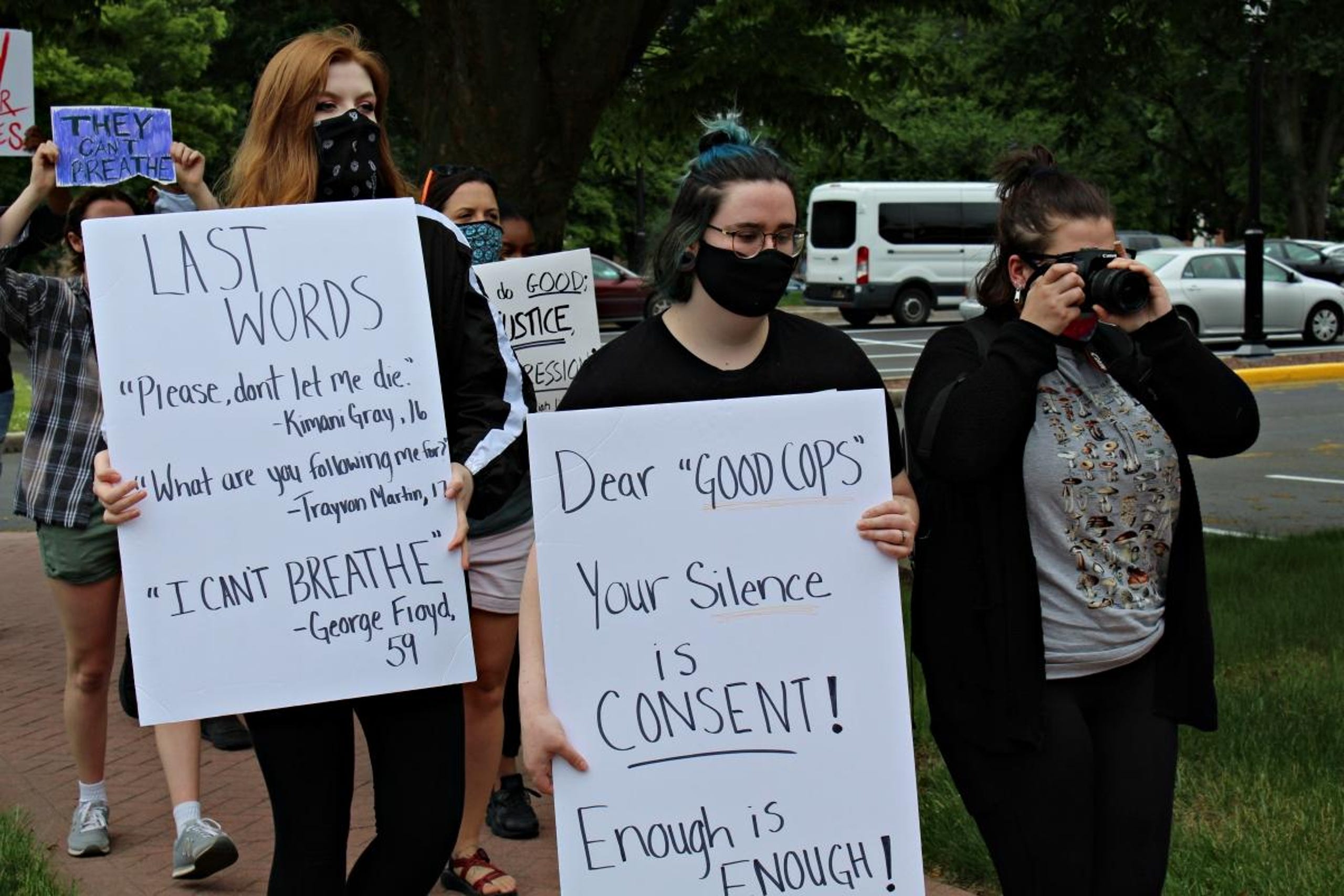
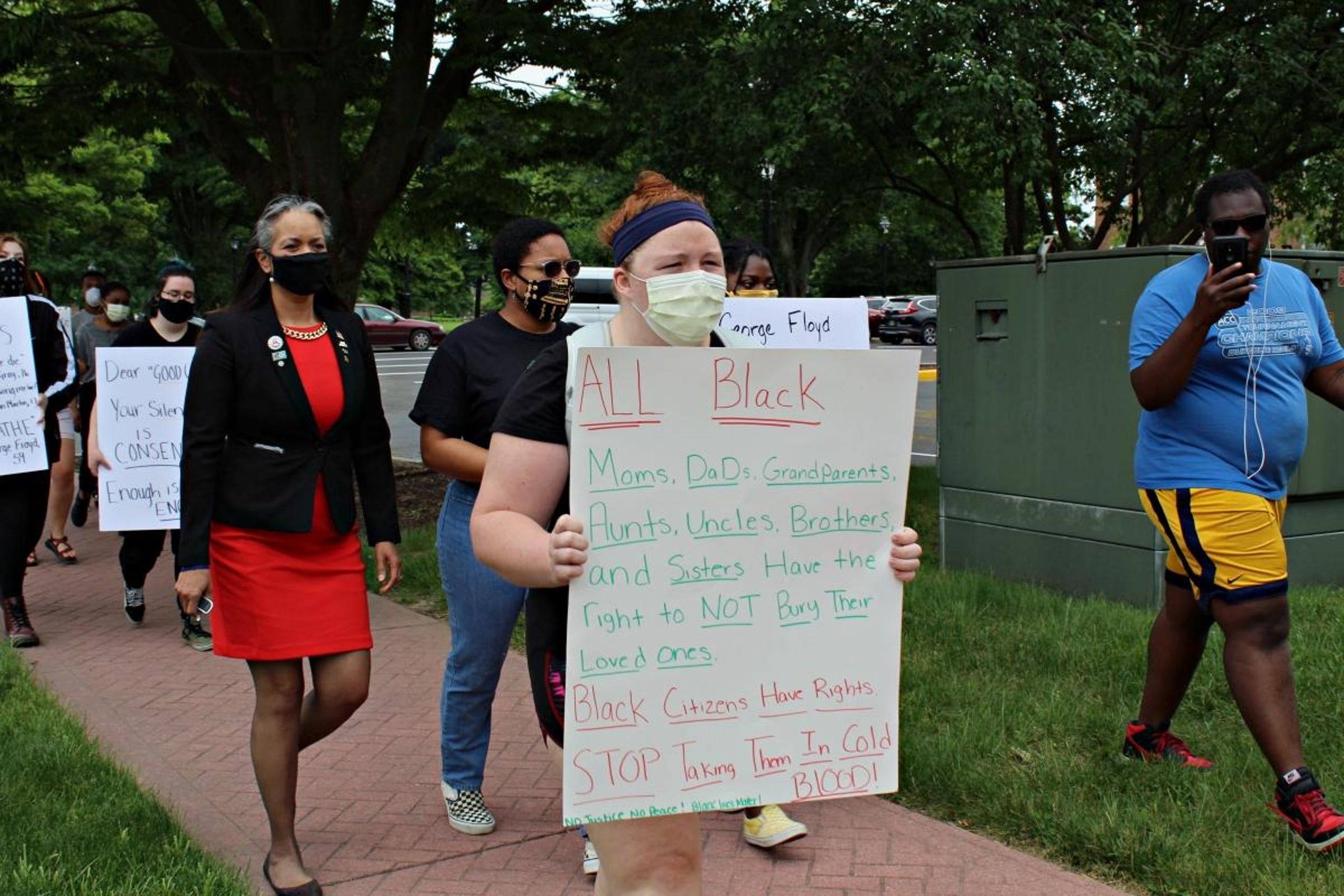
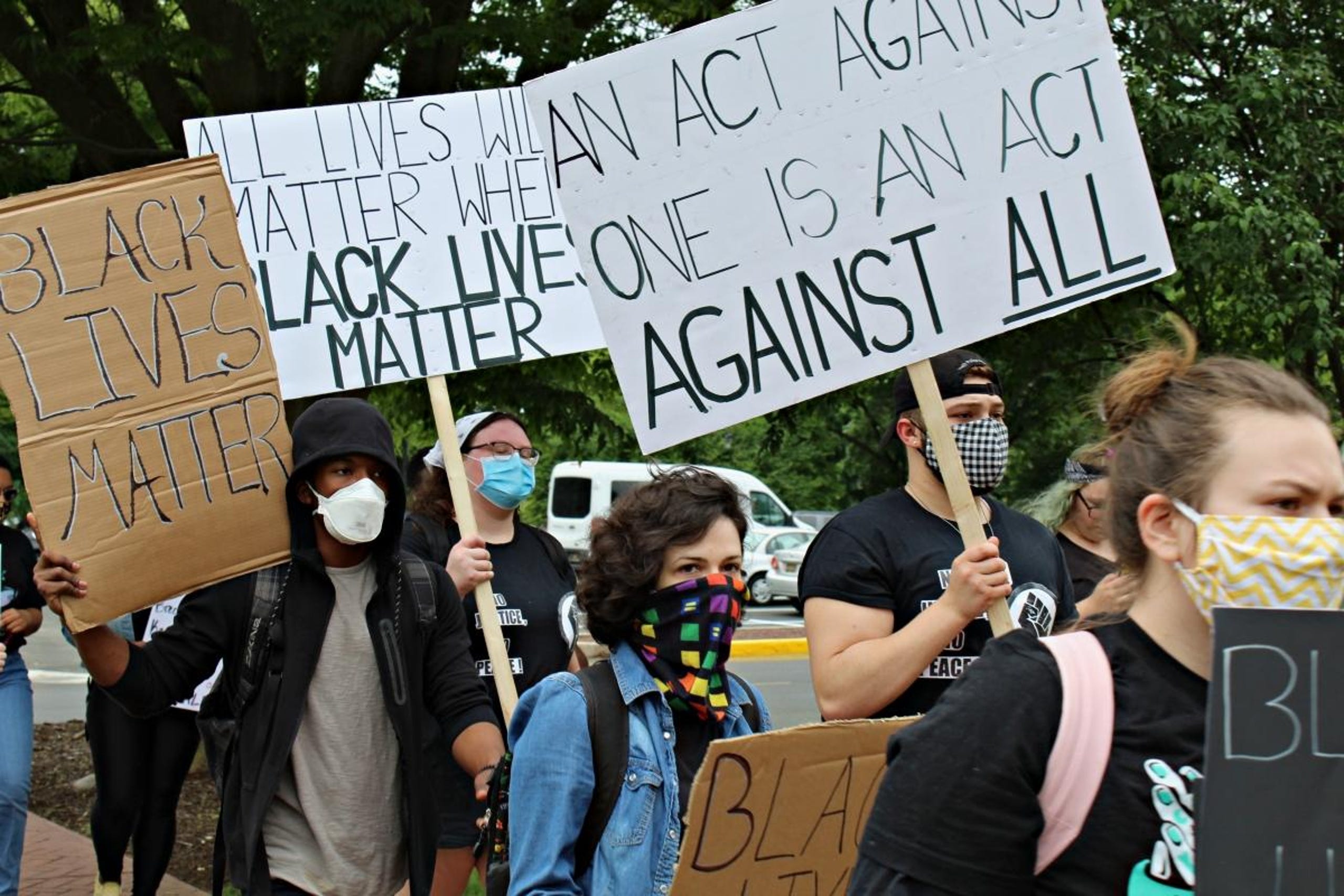
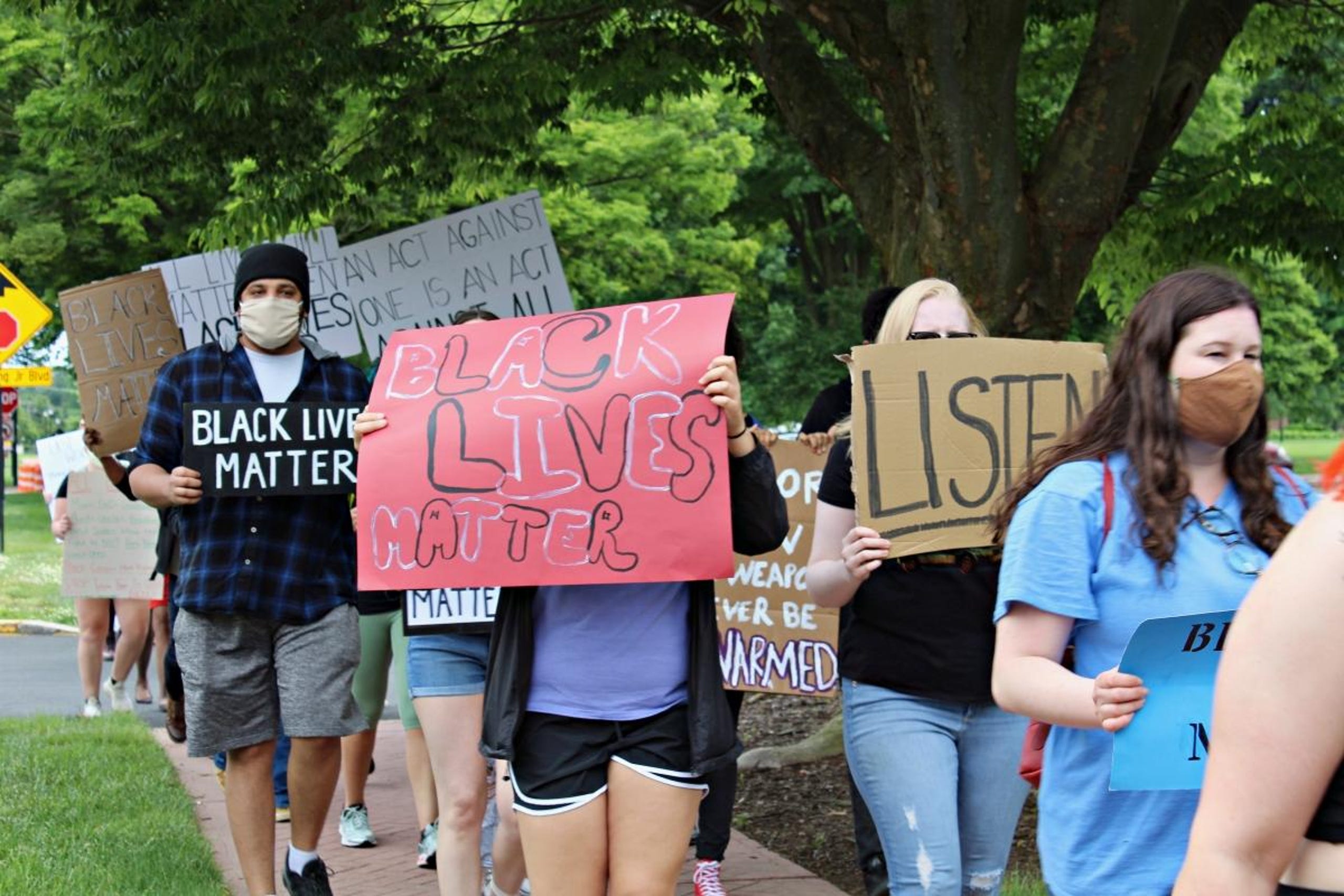
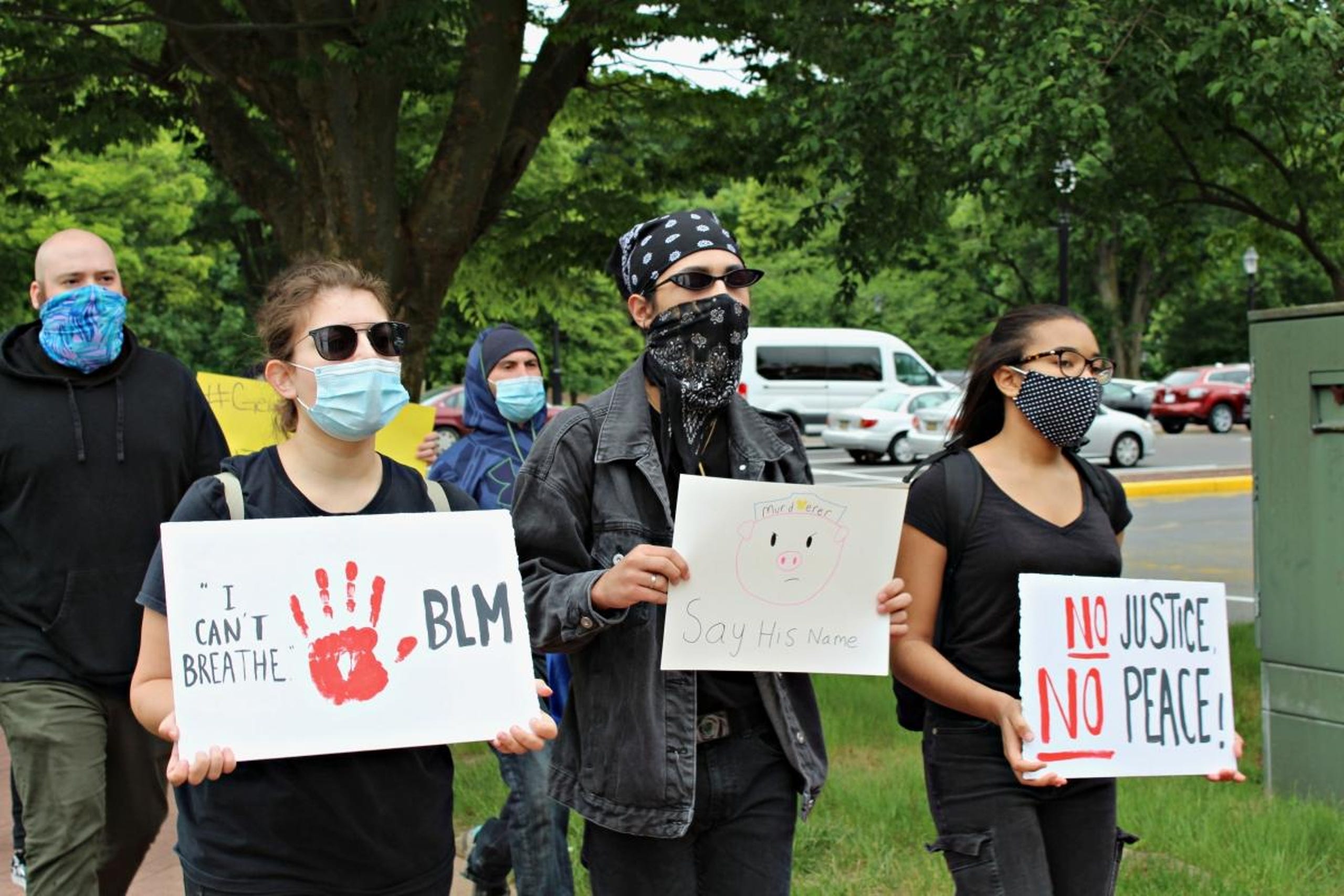
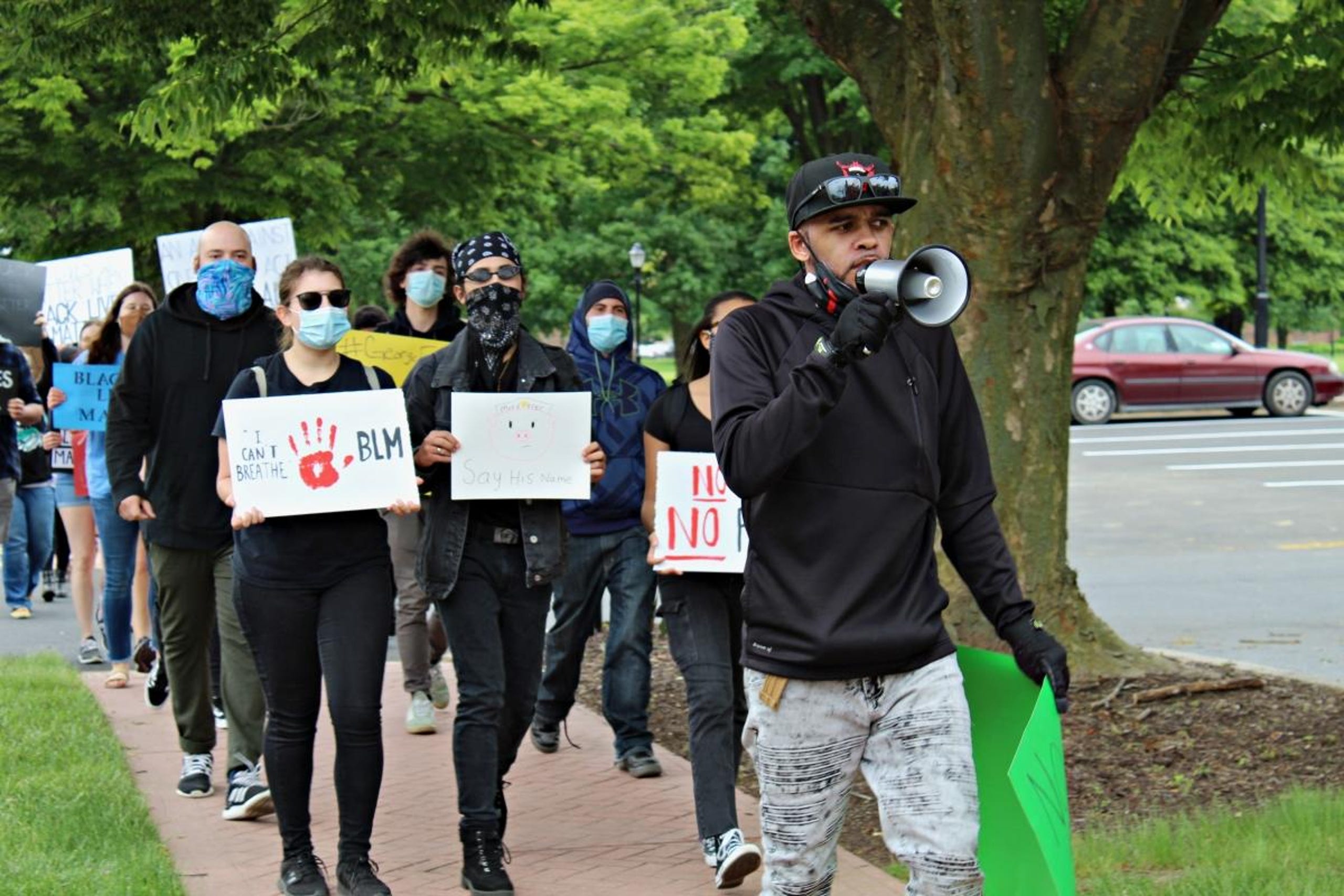

A group of about 50 protesters held a peaceful protest in Dover Monday afternoon. The gathering began with the group lying down on Legislative Mall for eight minutes and 46 seconds, the reported time that a Minneapolis police officer held George Floyd to the ground while pressing a knee into his neck. At 1 p.m., the protesters began to march down Loockerman Street and continued to rally in the downtown area for the next couple hours.
EMILY LYTLE, DOVER POST

 .
.












































